Cornish grey seal pupping season
A seal pup, a mother seal, and a beach master!
I went to meet Sue Sayer, the founder, director, and chair of the Seal Research Trust, to learn, hear and see more about Cornish seals in person.
Sue has been very kind and has already agreed and had two interviews with TAFU about their work and seals in and around Cornwall!
These beautiful creatures are known as grey seals (scientific name: Halichoerus grypus). In the UK, there are only around 120 thousand individuals. However, this represents 40% of the World’s population and 95% of Europe’s population! Meaning that their total population is only around 300 thousand around the World.
Lucky we were, we had an amazing experience yesterday: a mother feeding her pup, the beach master trying to mate with a female and a fight between two males! And a PUP!! Little tiny, cute fluff lump! Sue was surveying this patch on Monday; there were no pups at this stage. Yesterday when we came, there was a pup, meaning that this little one could not be more than three days old!
I was given the amazing honour of naming the 10kg little fluff ball!! And now… Its called… Aster!!
Grey seals give birth on land and immediately form a close bond with their pups; this allows them to recognise their pups by their smell and their unique call.
At birth, pups weigh around 10kg and need to gain weight fast. They suckle from their mothers approximately 5 to 6 times a day, with each time lasting about 10min.
Seal mothers only stay with their pups for a maximum of 4 weeks; during this time, they rarely feed and often stay just offshore when not feeding their pups. This causes them to lose up to a quarter of their body weight, at which point they have to leave their pups at 45 to 50kg to survive on their own.
This leaves the pups on their own, they most likely haven’t even swum more than three times, and their first challenge is to get into the sea and find something to eat. One theory on how they learn how to feed is that they watch how adult males feed and copy. Another theory is trial and error. Pups often don’t find food for several tens of kilometres; however, once they do, they will remember the spot and visit it for the rest of their lives.
Depending on their gender, seals reach maturity between the ages of 3 and 6; during this time, they grow to around 150kg for females and 250kg for males, and their fur develops a unique pattern by which they can be recognised throughout their lives, in the same way as we have unique fingerprints. The average life duration of a female is 35, and a male is 25.
Females can only have one pup per year due to their long pregnancy that lasts 11 and a half months. This means that females have to mate within 15 days of giving birth to their pups to have a pup at the same time next year. To ensure that this happens, there are males called beachmasters.
Beachmasters are males, usually over the age of 10, that rule over a beach; they protect their females, mate with them and fight other males to maintain their position. However, not all females on a beach will mate with a beachmaster. Females are at the top of seal society and therefore decide whom they mate with.
Not all males can become beach masters, however. This is not yet understood entirely. However, some males have a trait called the “x-factor”. The x-factor is almost a combination of personality traits, such as leadership skills, tolerance, strength, and gentility towards females. One theory suggests that during their time as juveniles, the males play amongst each other. If one male was always stronger and more robust than all the rest, the rest of the males would remember that and often let him become beachmaster. This theory would also account for the small number of fights that do occur for the position of the beachmaster.
Grey seals have some amazing adaptations, such as, for example, they can see just as well as us on land; however, they can see twice as well under the sea! Another amazing adaptation are their whiskers, which are sensitive enough to detect fish moving 100m away from them!
Grey seals are unique and amazing creatures! We can help protect them with three simple steps:
- If you must use frisbees or flying discs, use solid flying disks when in and around waterways, so seals cannot get stuck in them.
- Never feed seals, as they can get habituated to it and get injured by boats.
- When seal watching, stay 100m away unless on a cliff and stay quiet (it’s hard to resist saying awwww!). Otherwise you can cause a stampede which often results in injuries and, during pupping season, could result in the death of many pups.
In the first picture, you can see the seal lifting its tail and head of the water as the wave comes in; this is called doing the banana. Seals do this in order to keep their heads and tails dry and warm. They can leave the central part of their bodies in the water as it is insulated by a large layer of fat.
In picture 14, you can see a juvenile seal scratching its head.
In pictures 19, 21 and 30 , you can see a seriously entangled seal.
In pictures 23-26, you can see two males fighting over the position of beachmaster!
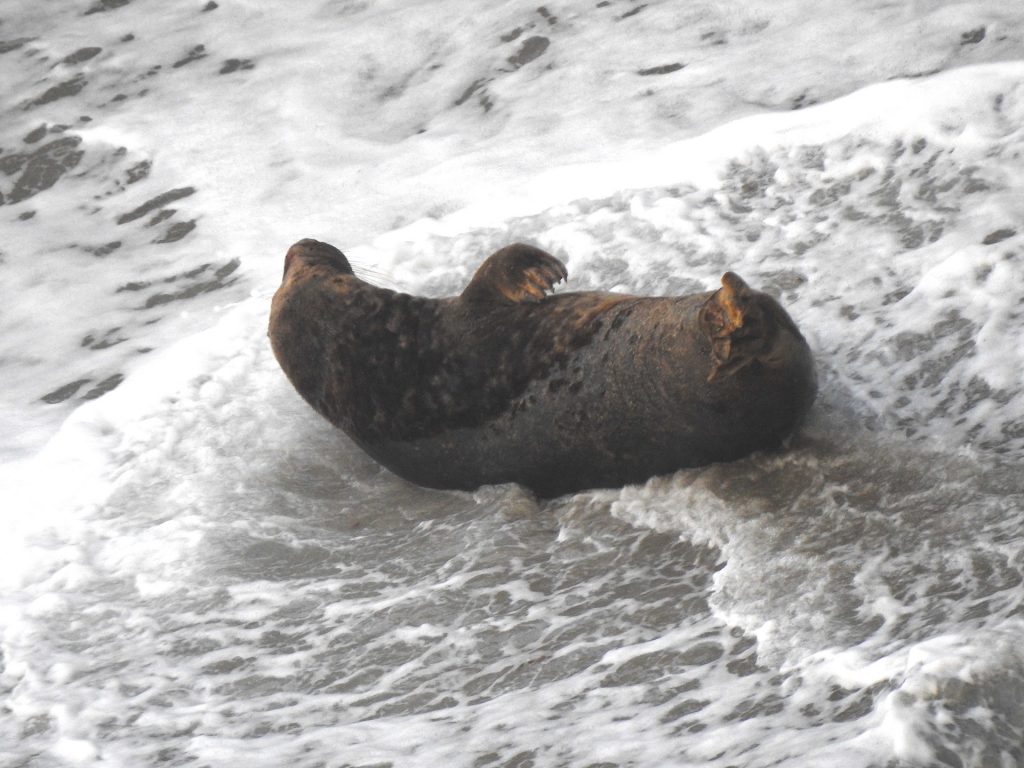
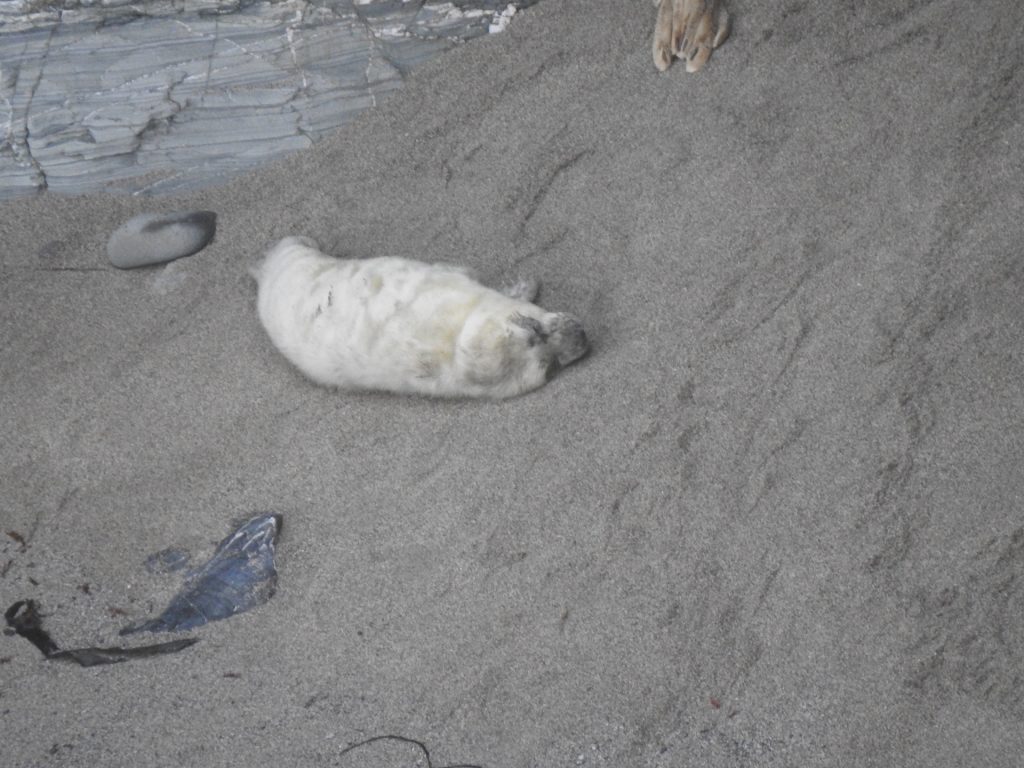
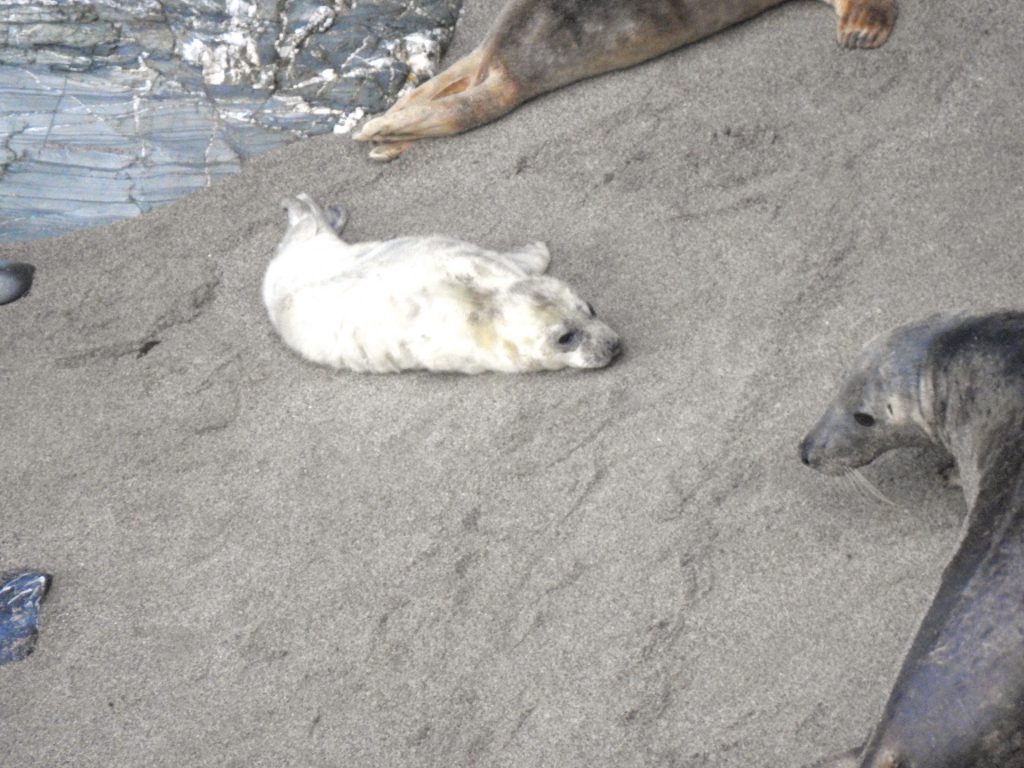
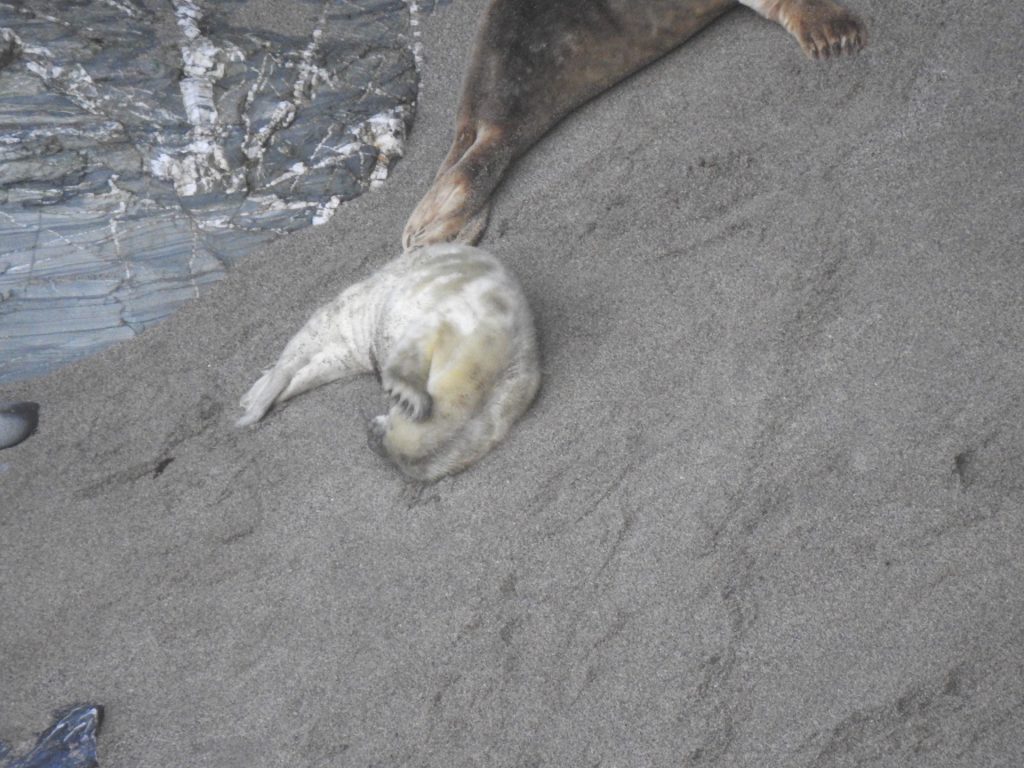
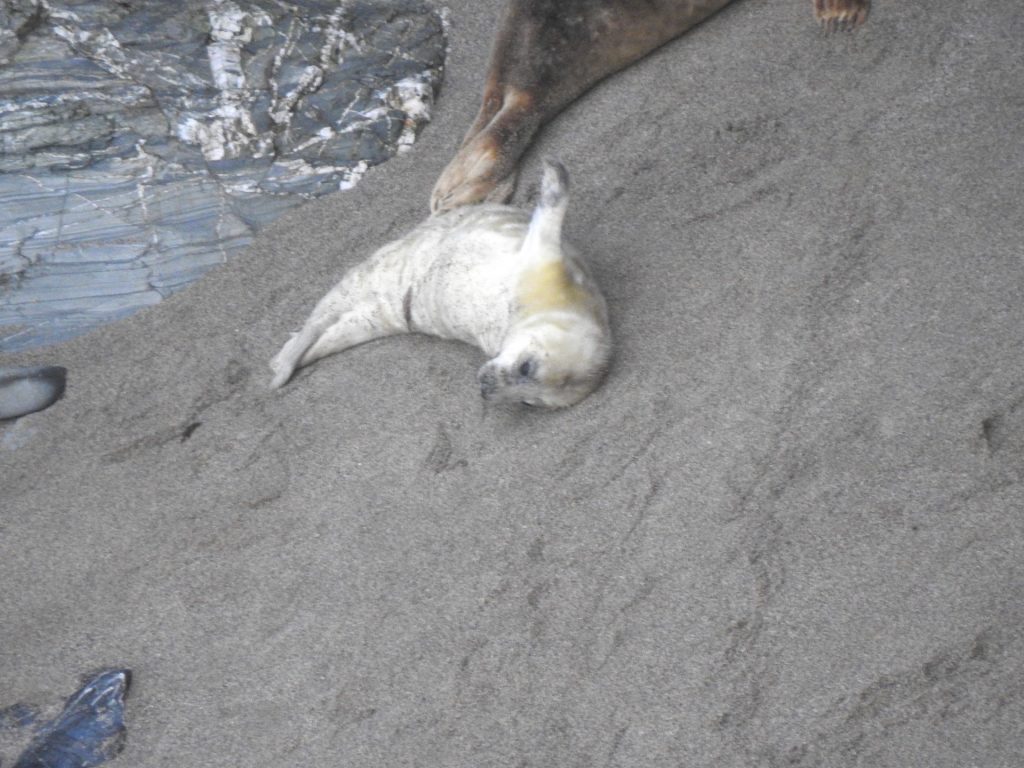
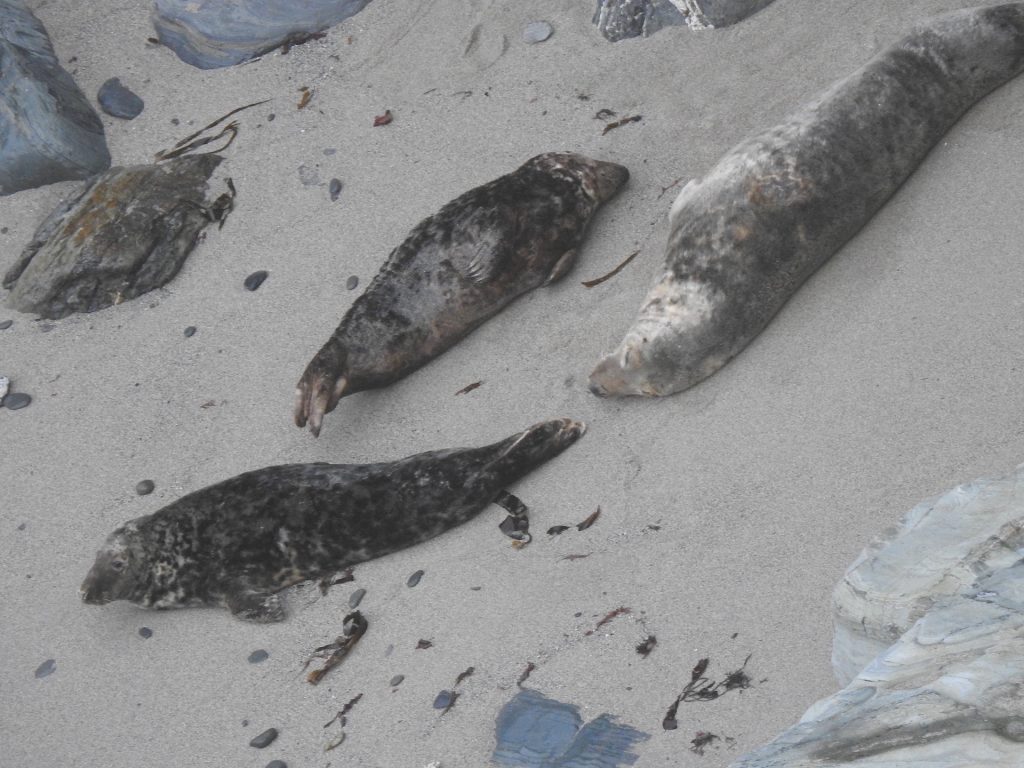
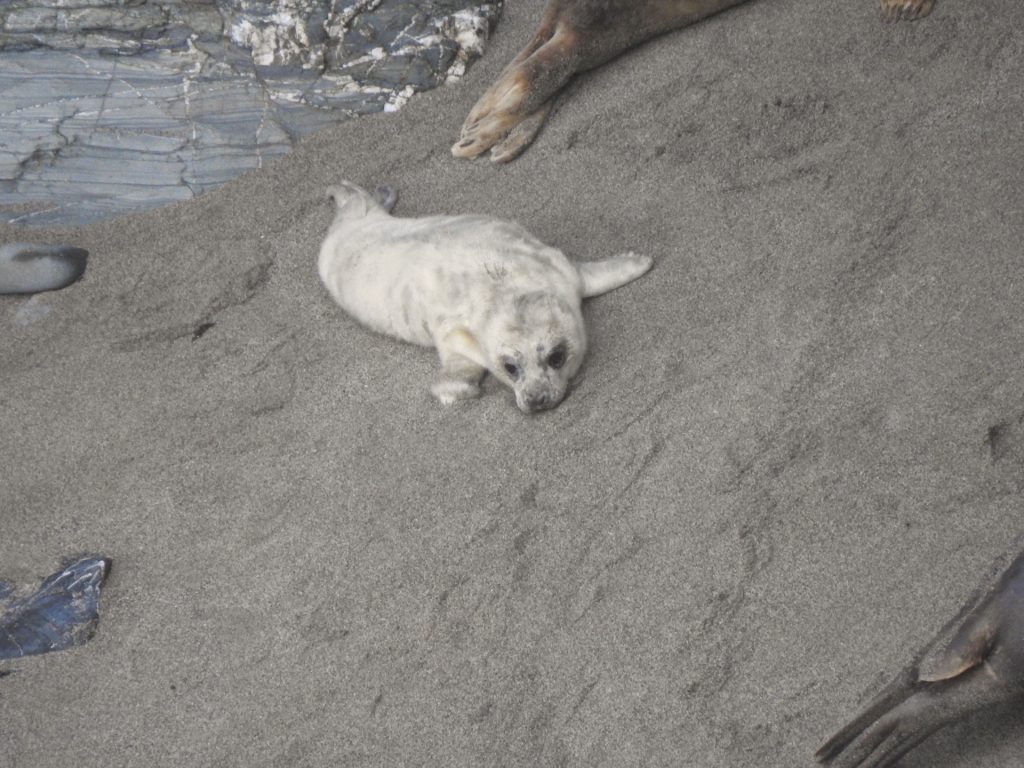
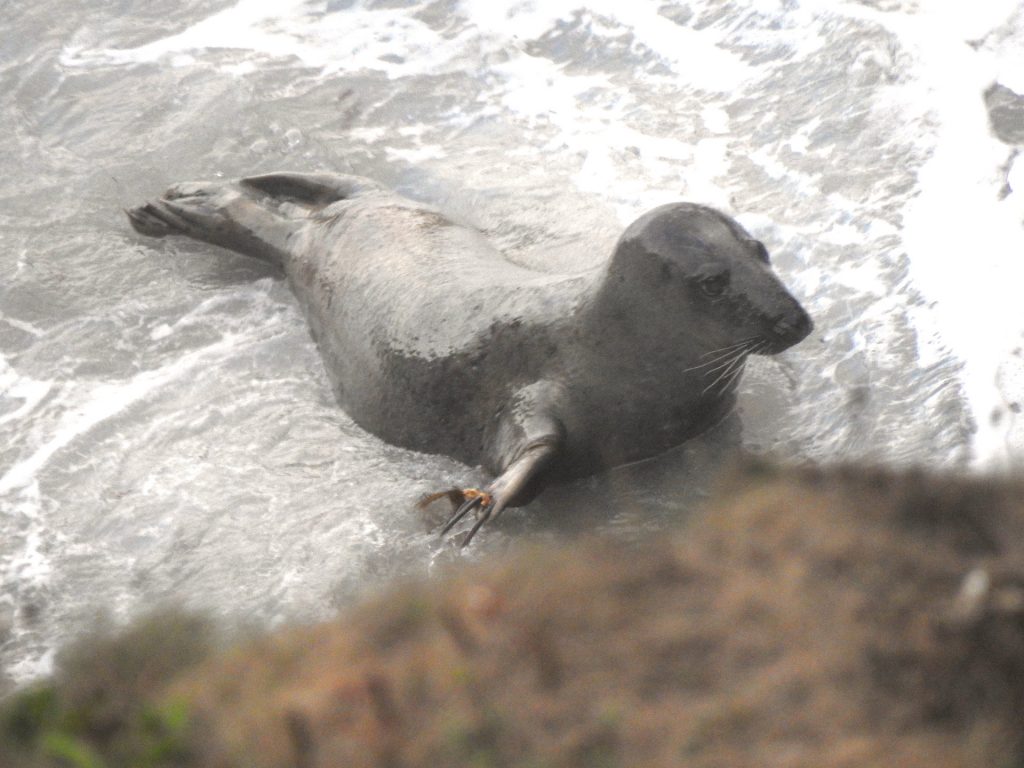
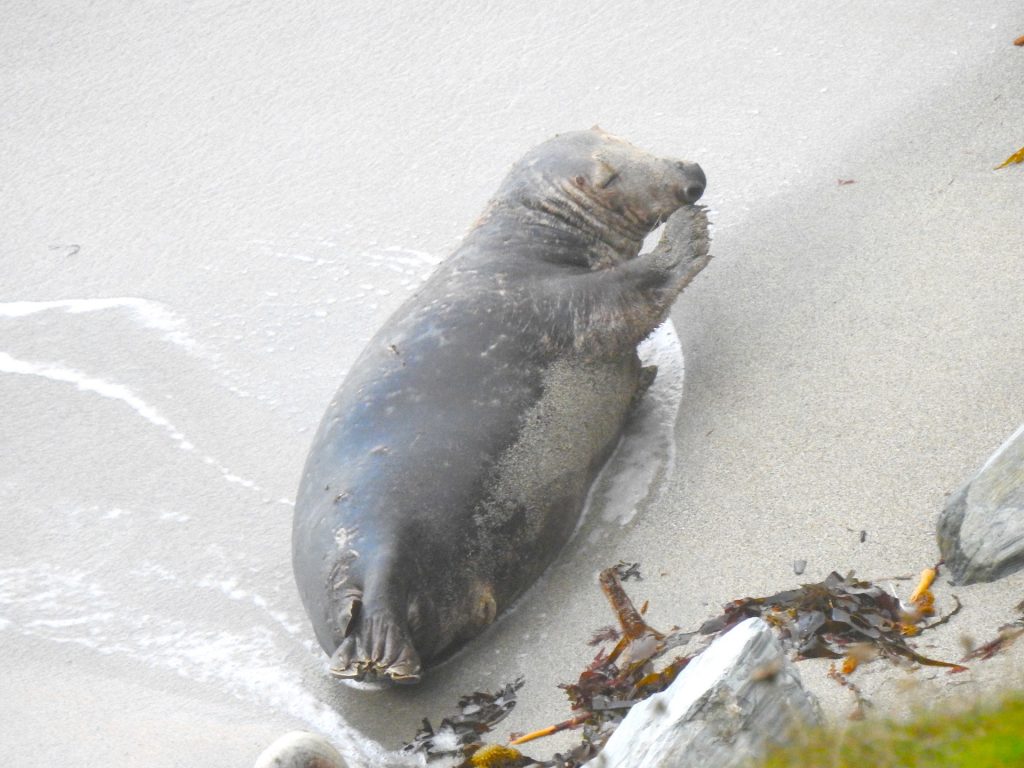
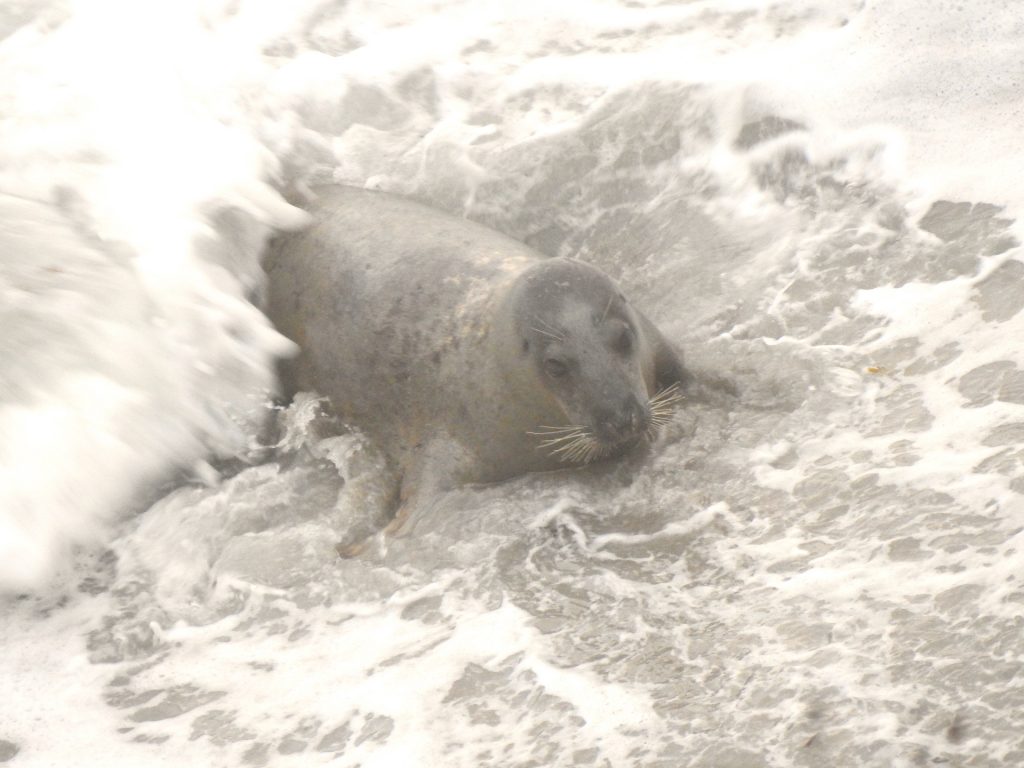
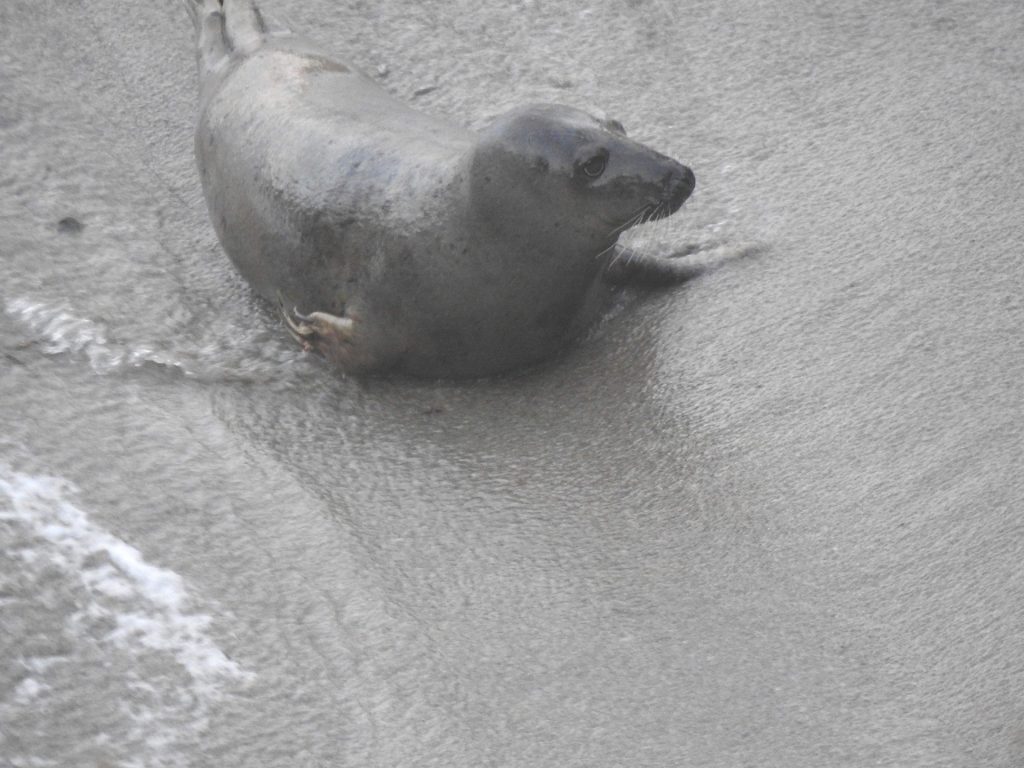
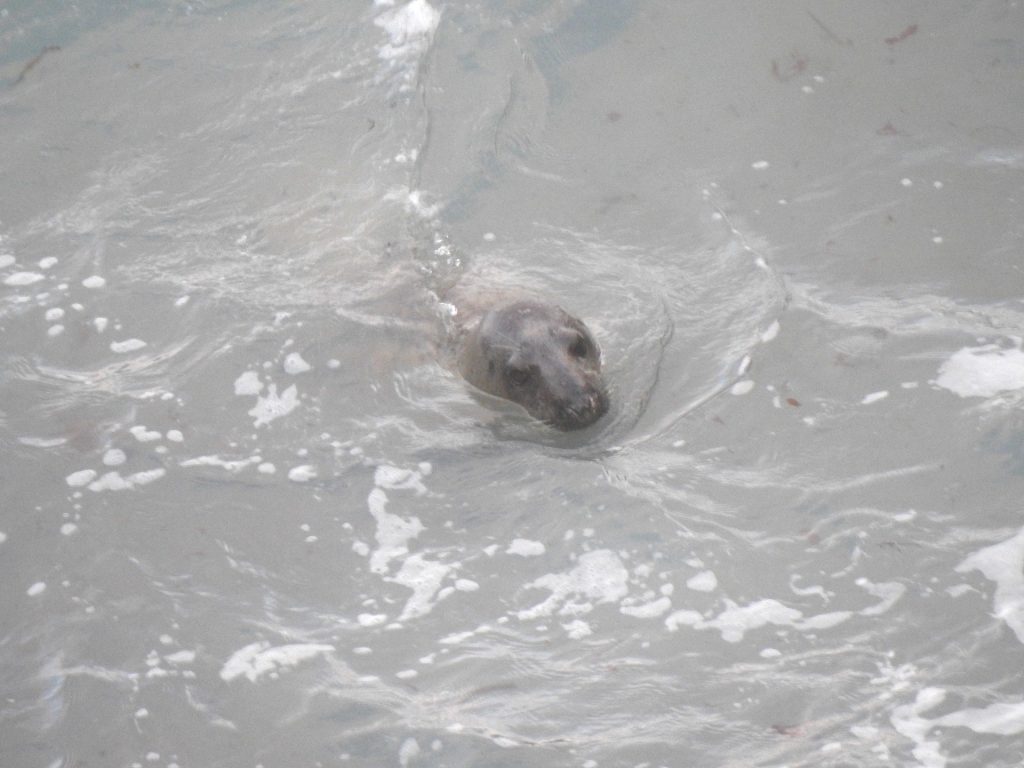
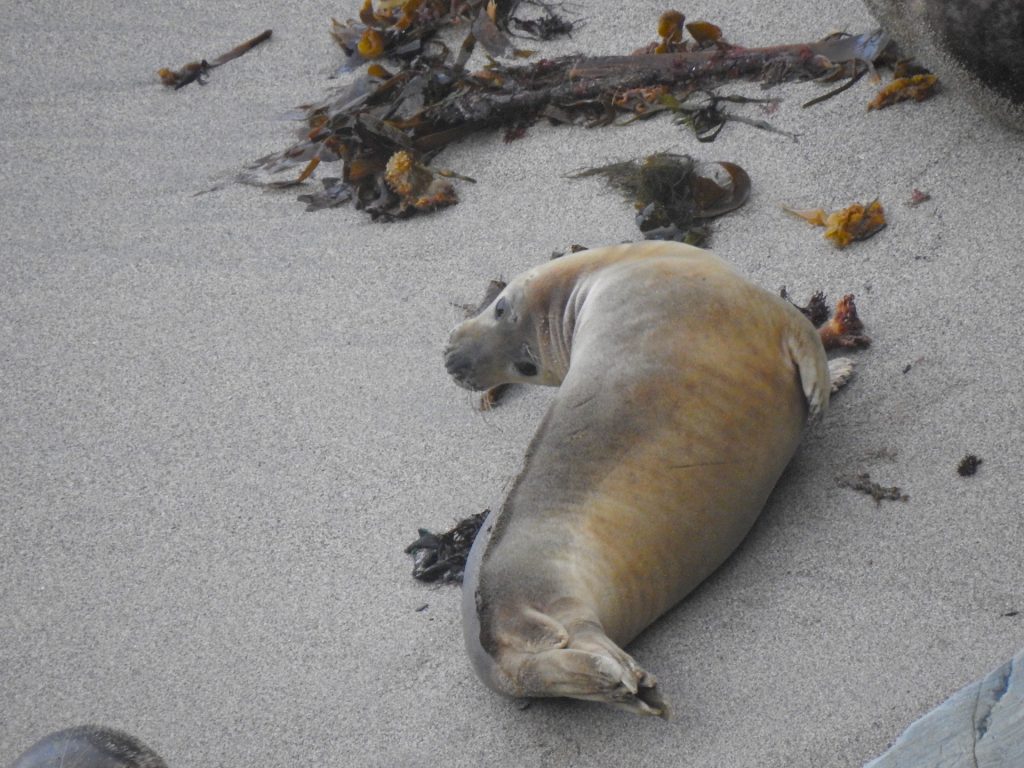
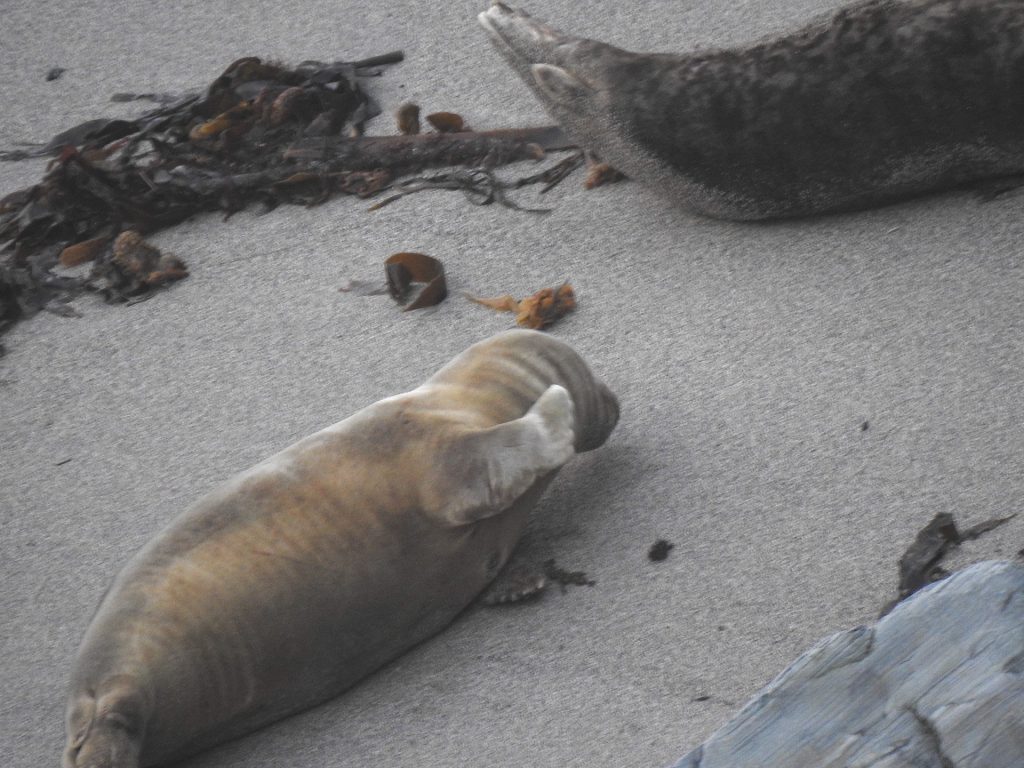
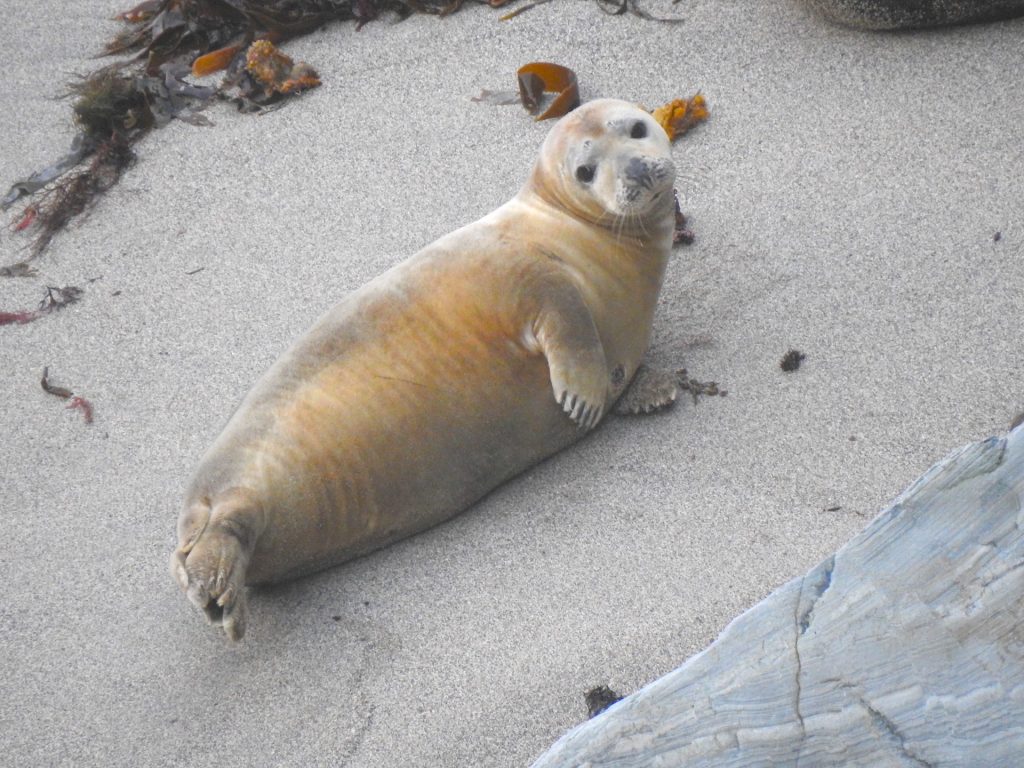
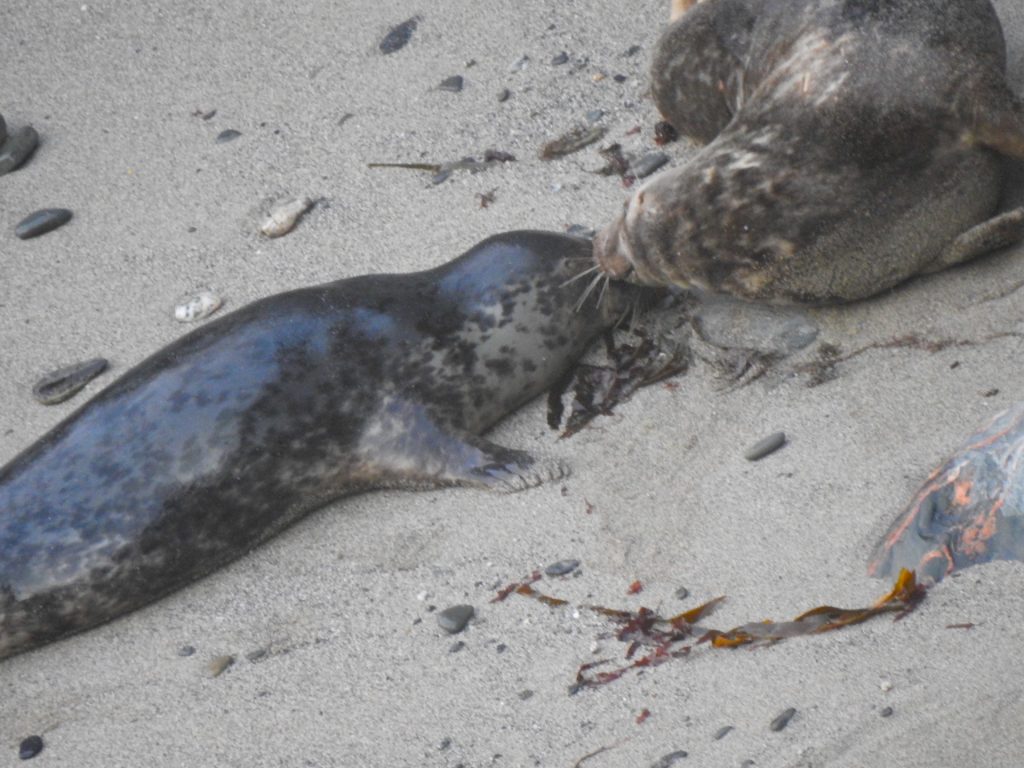
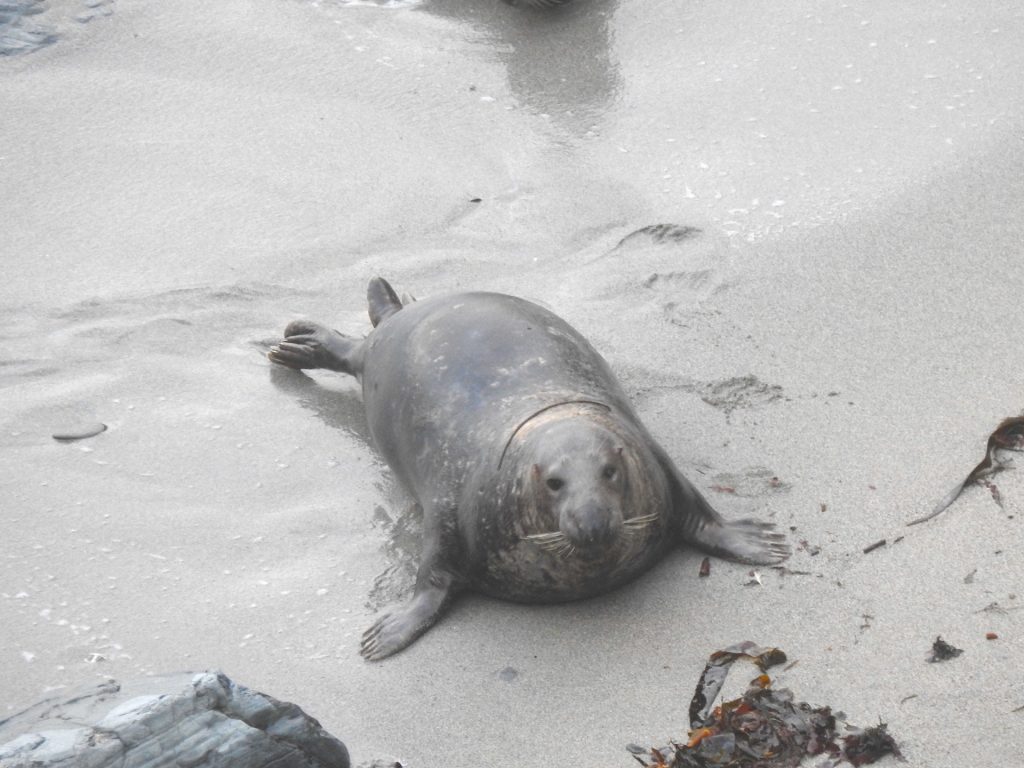
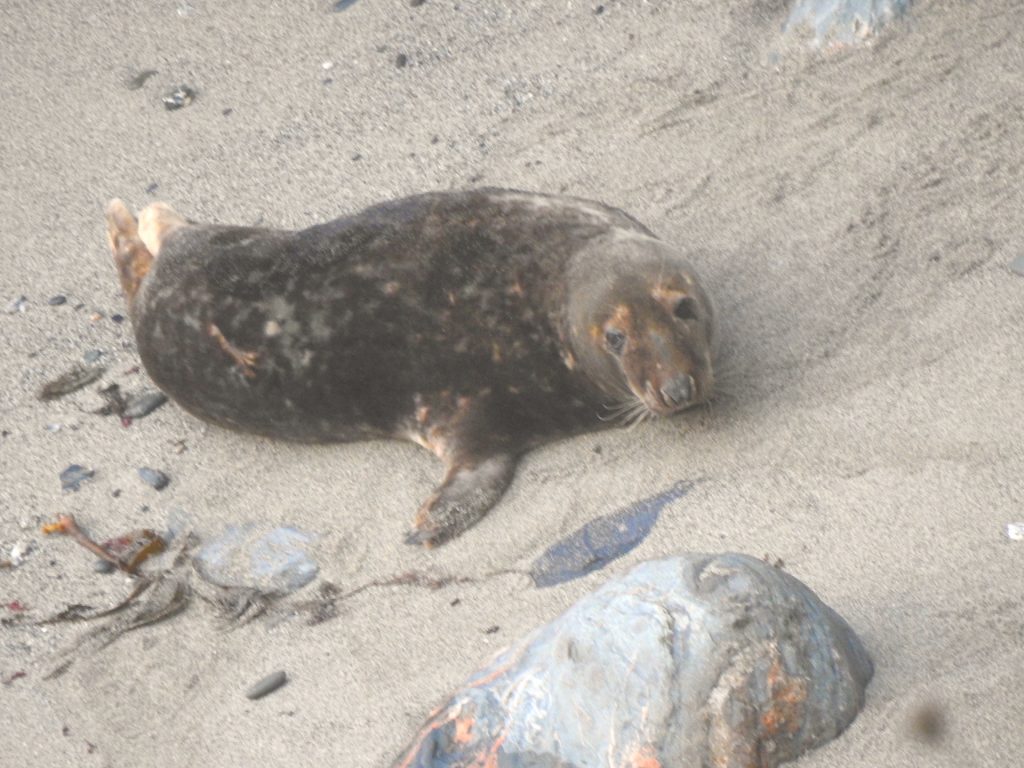
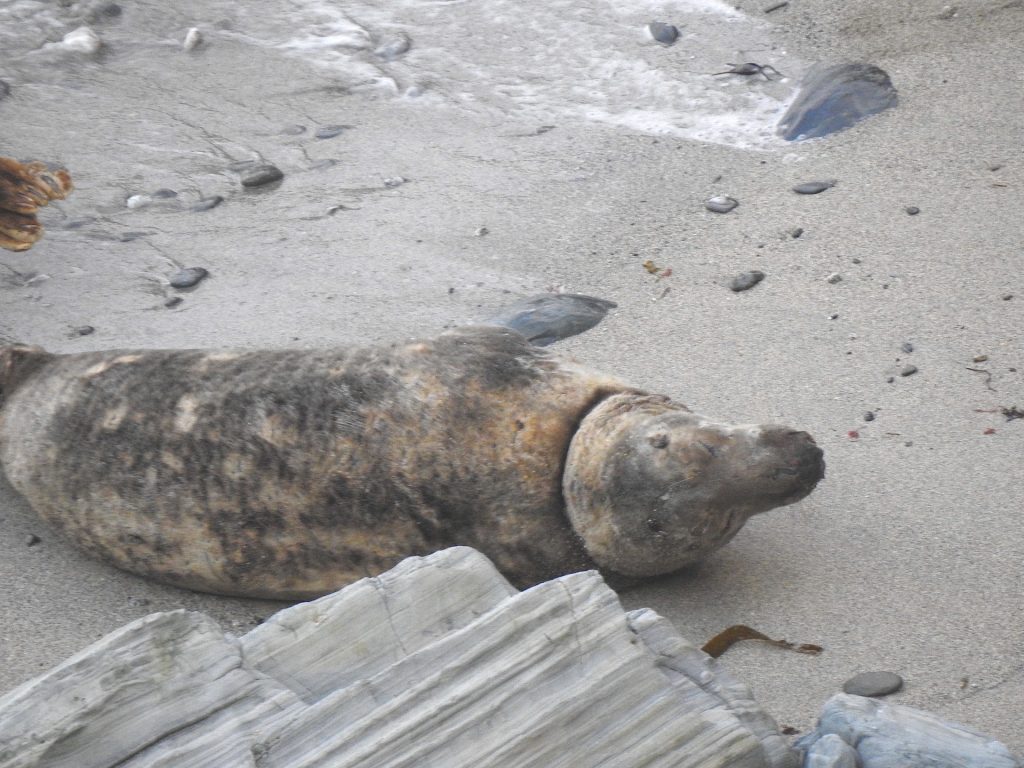
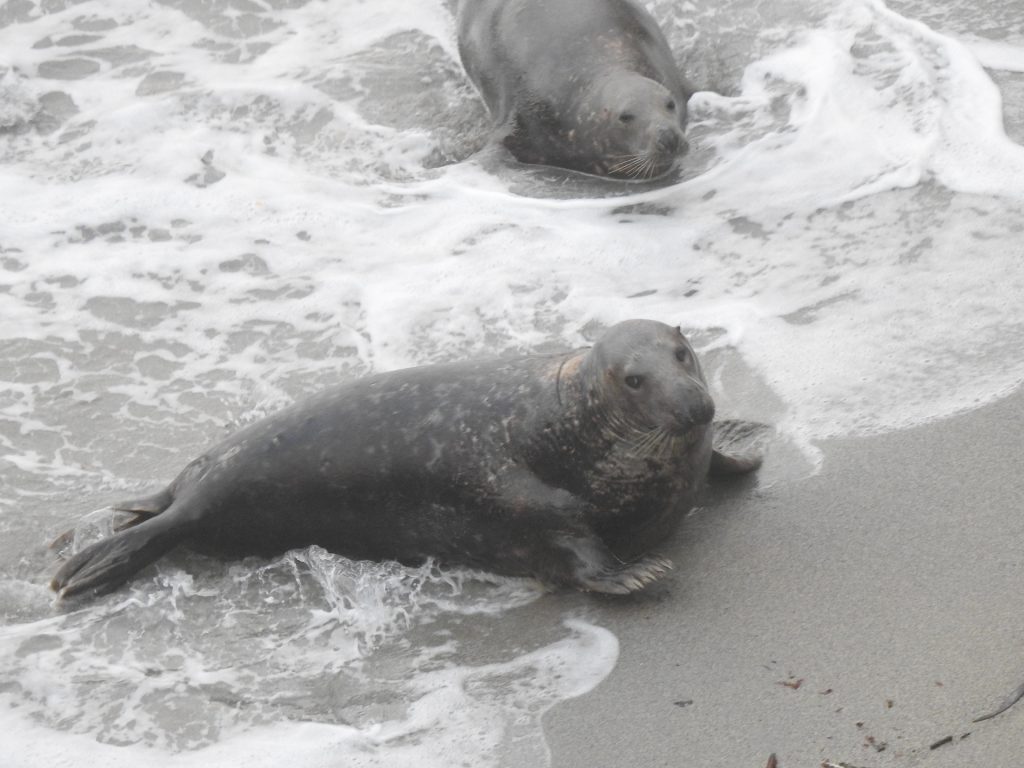
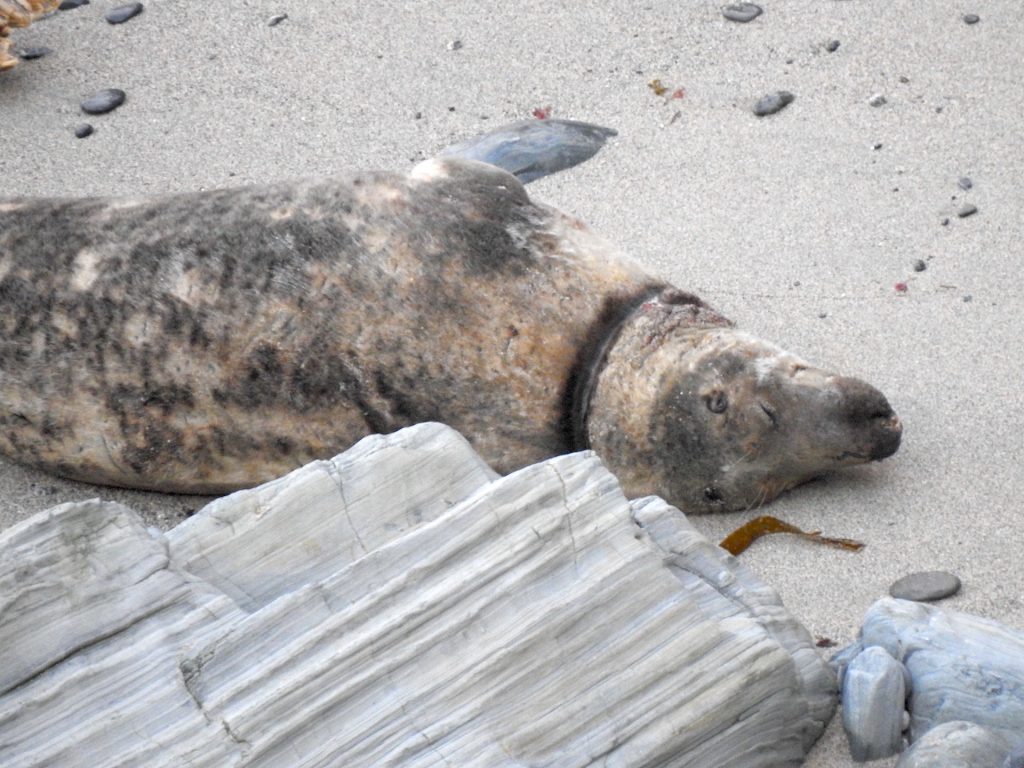
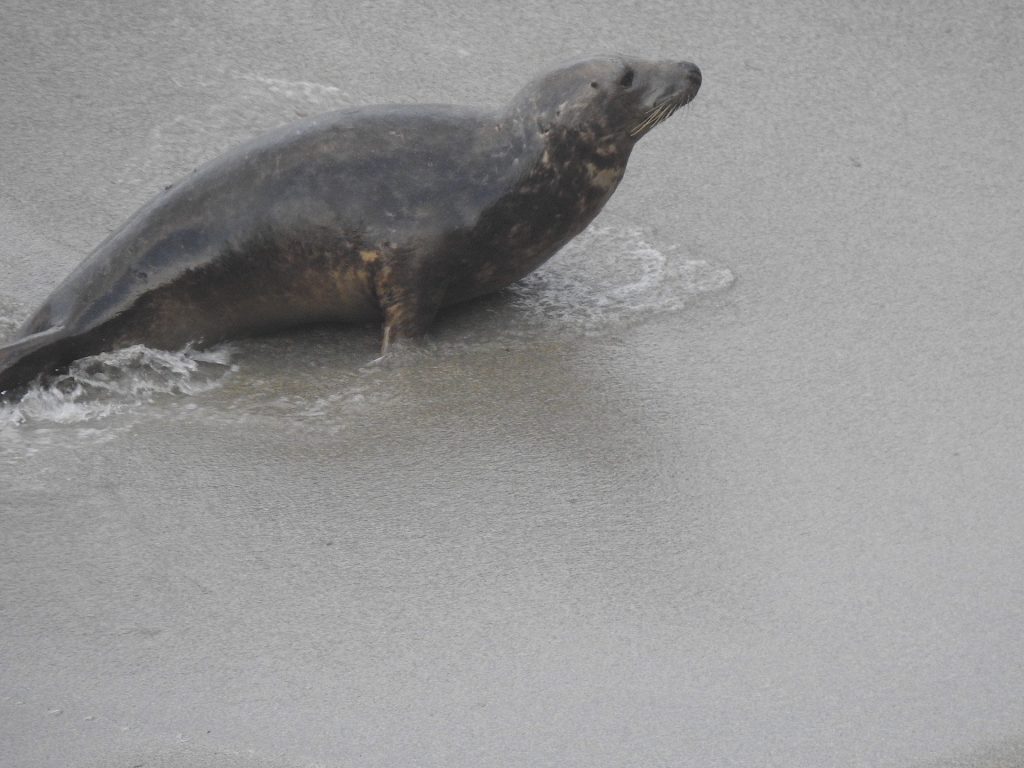
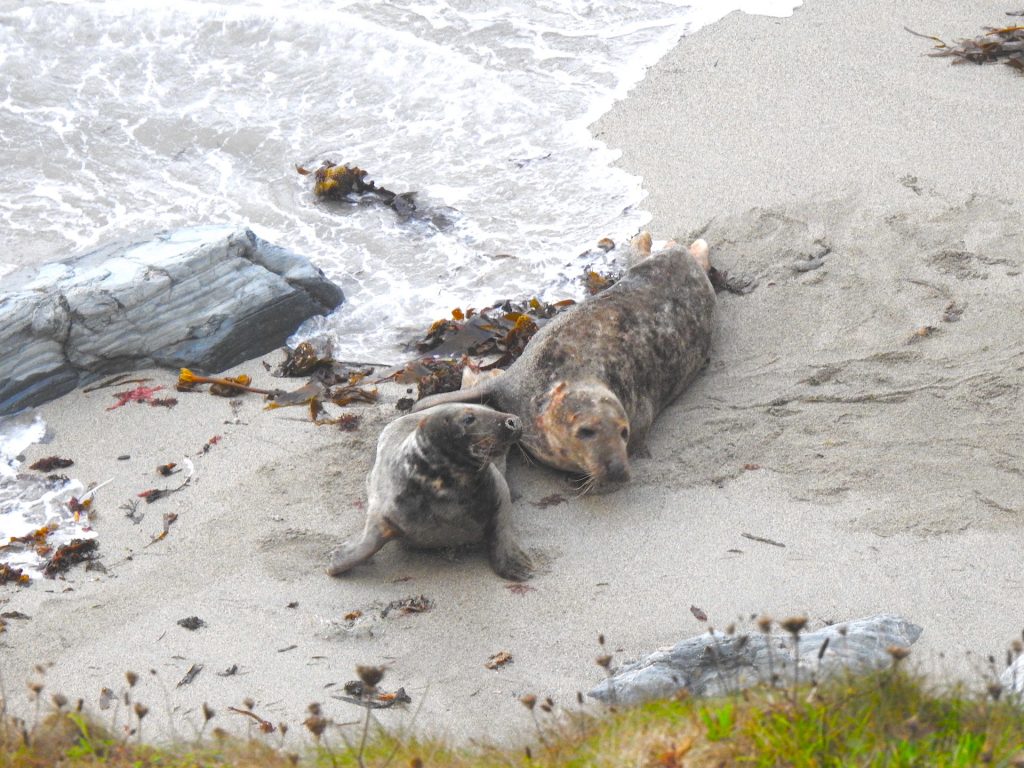
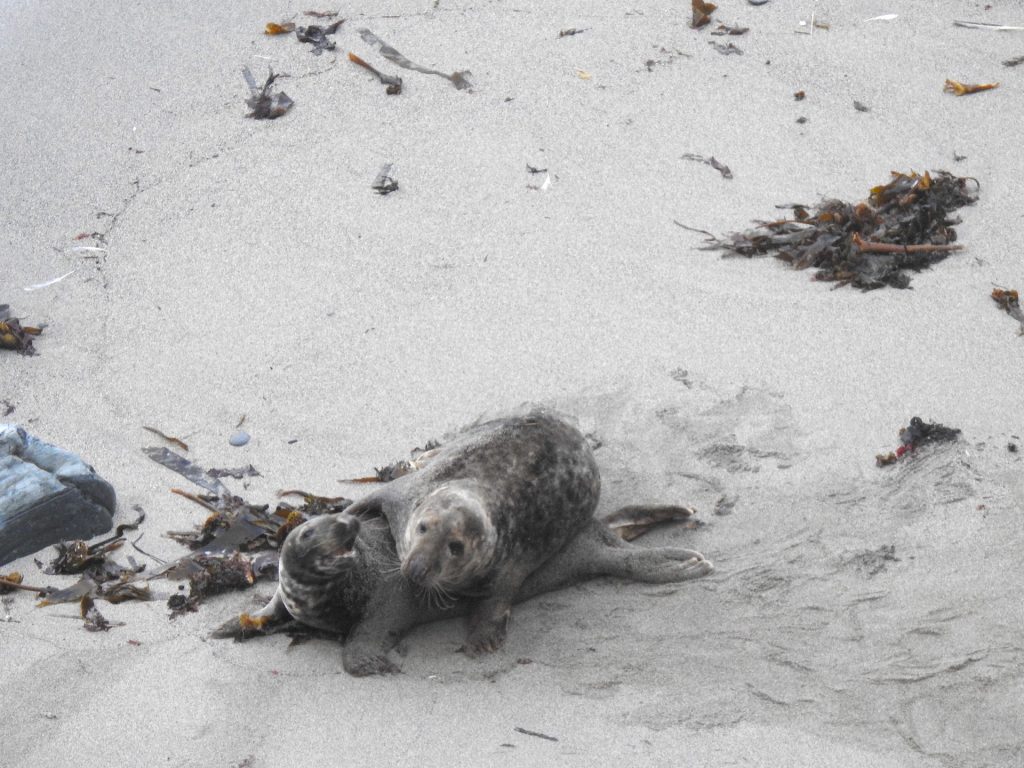
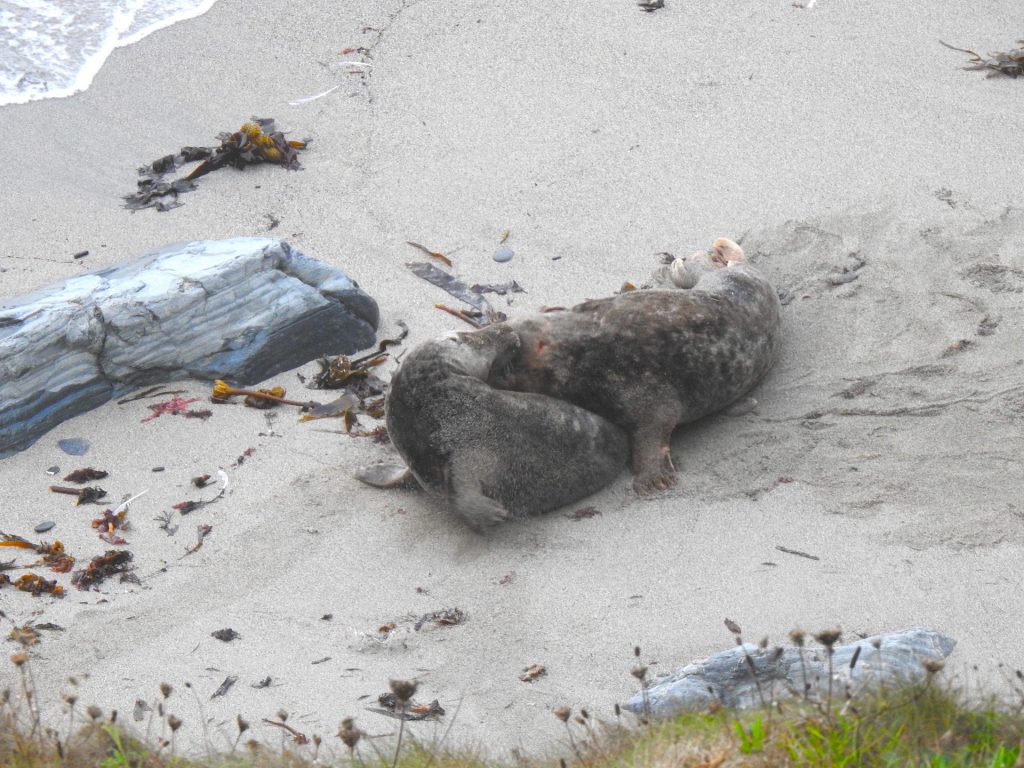
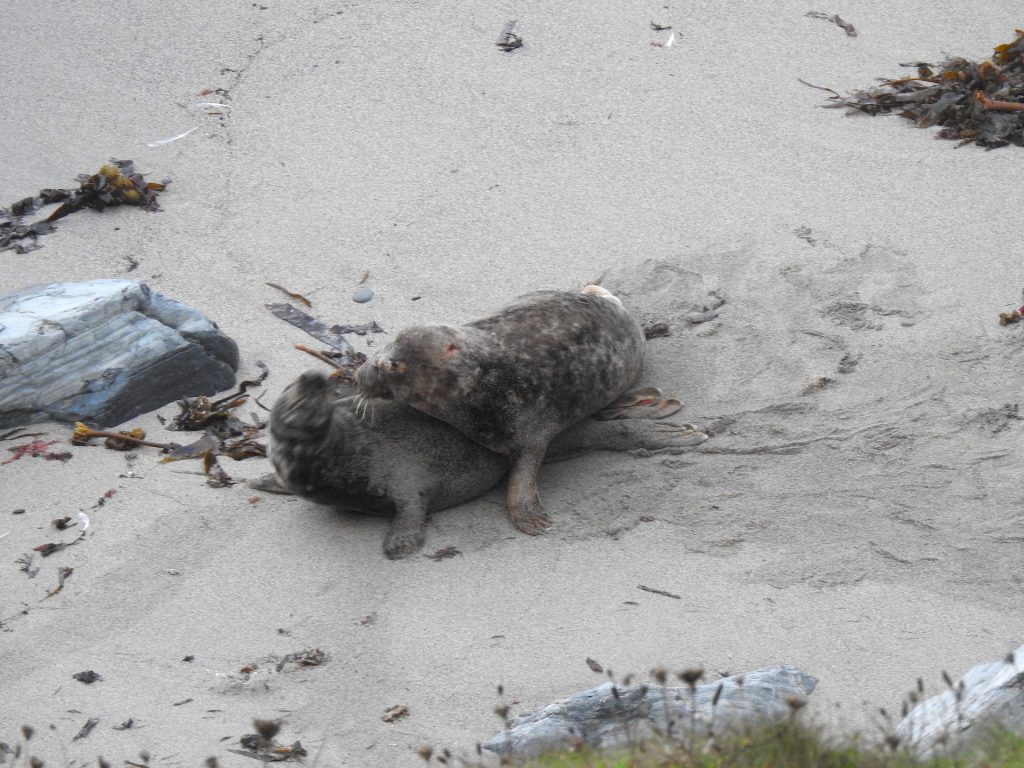
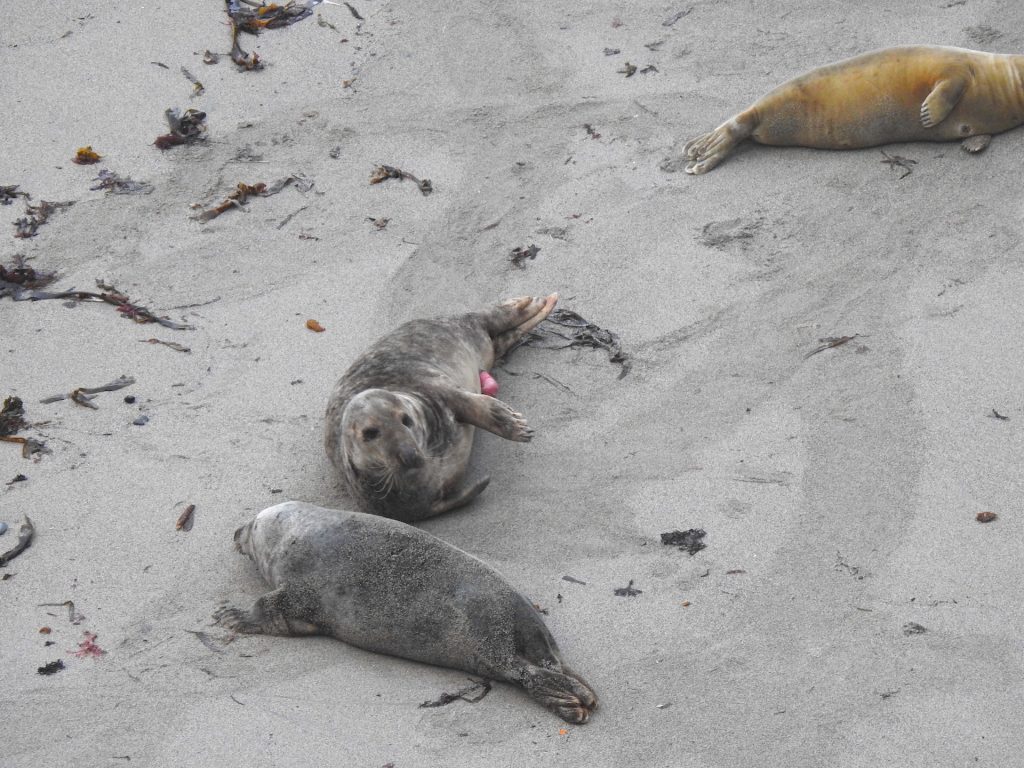
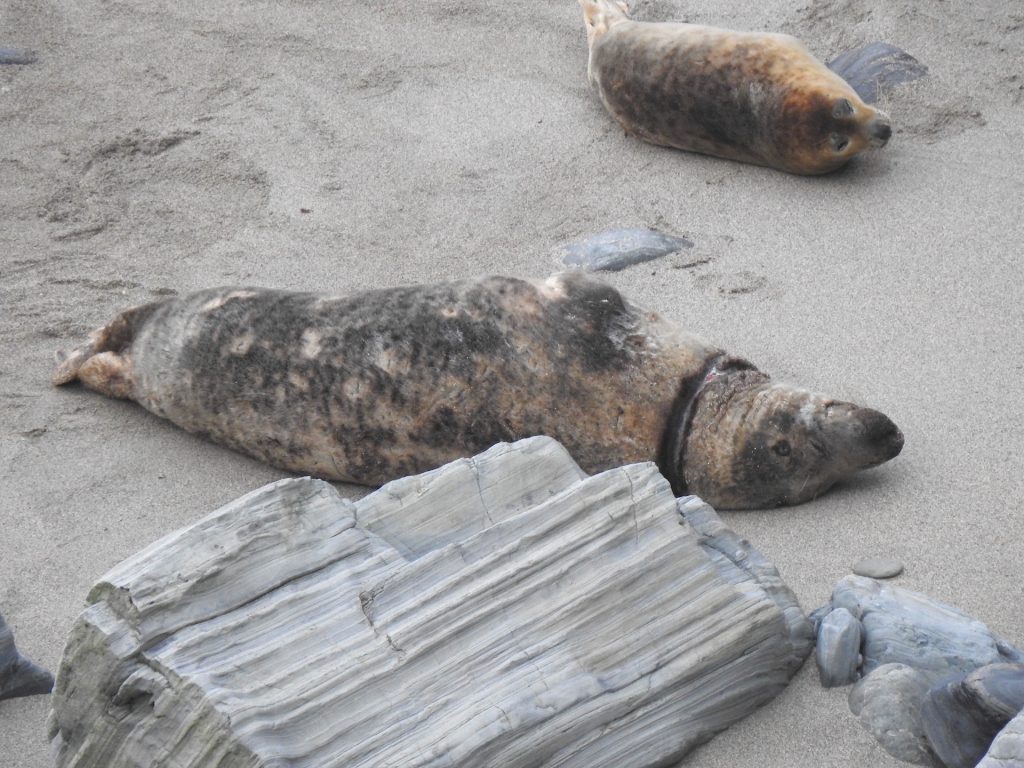
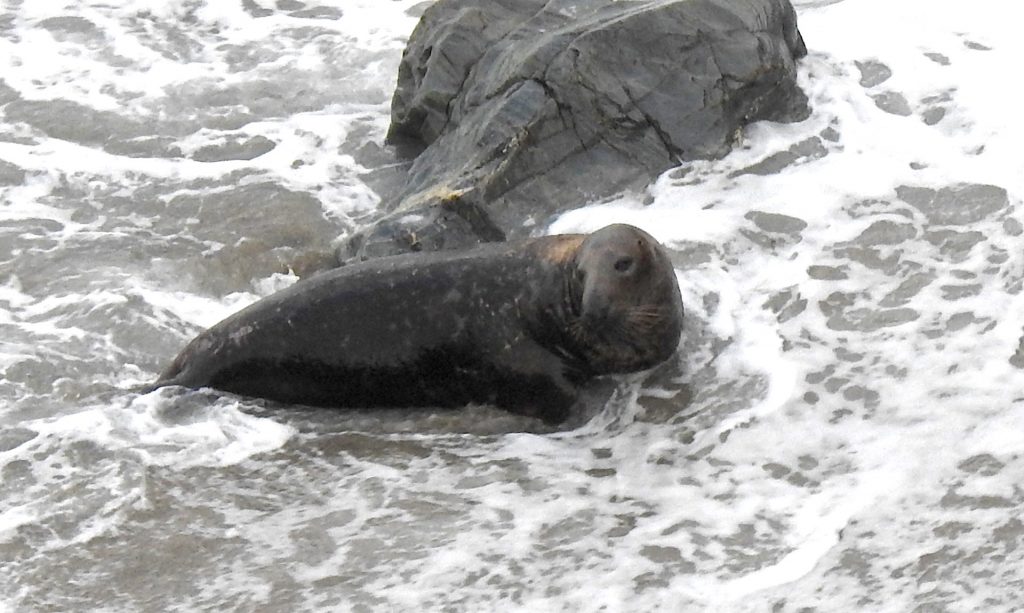
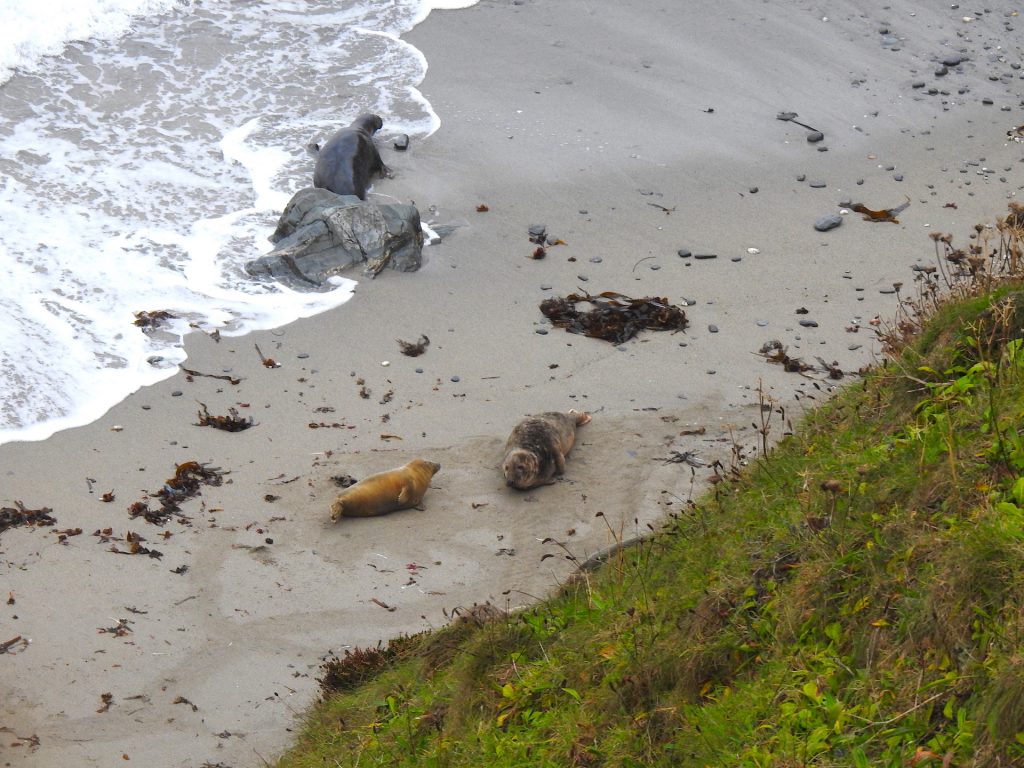
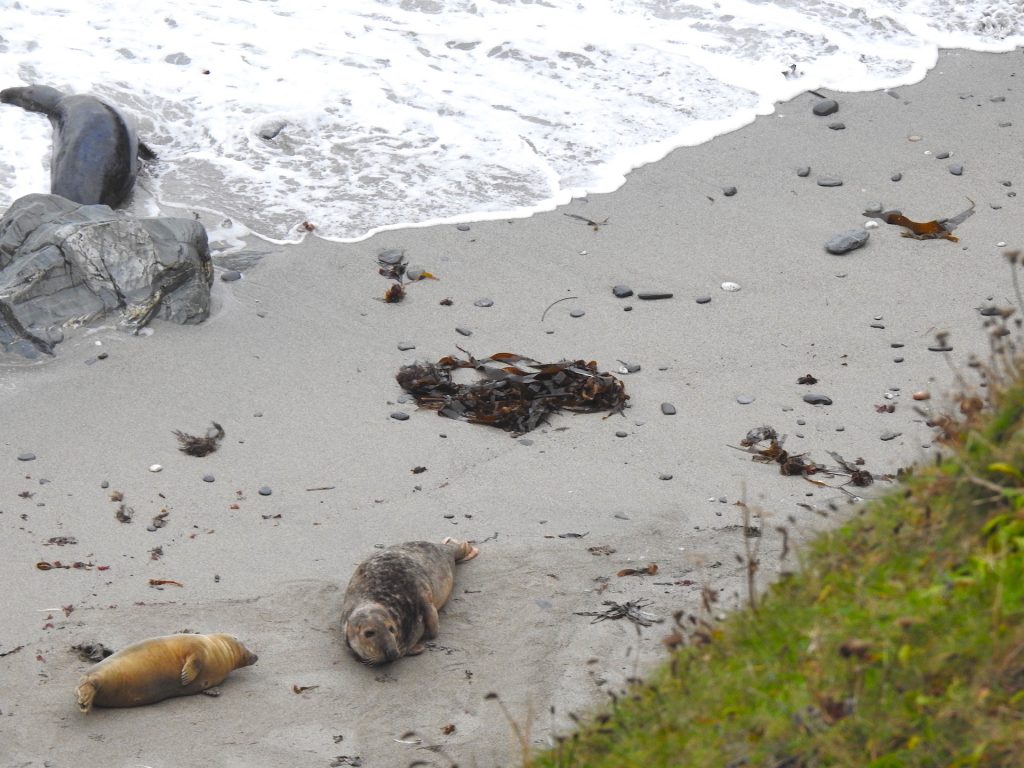
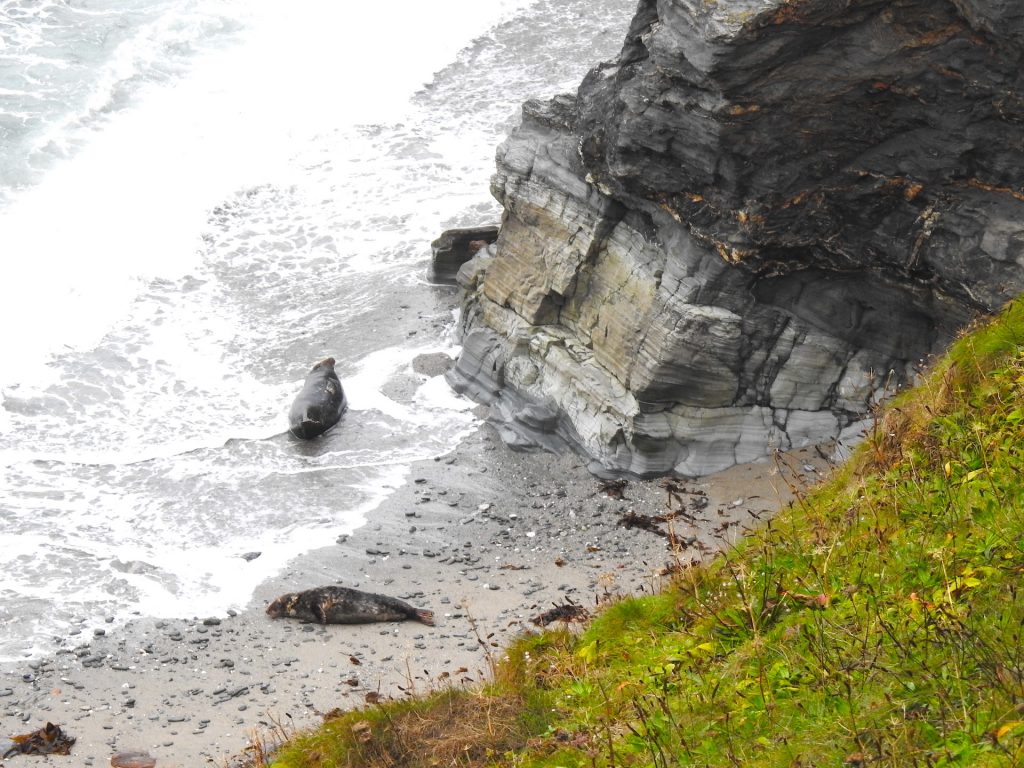
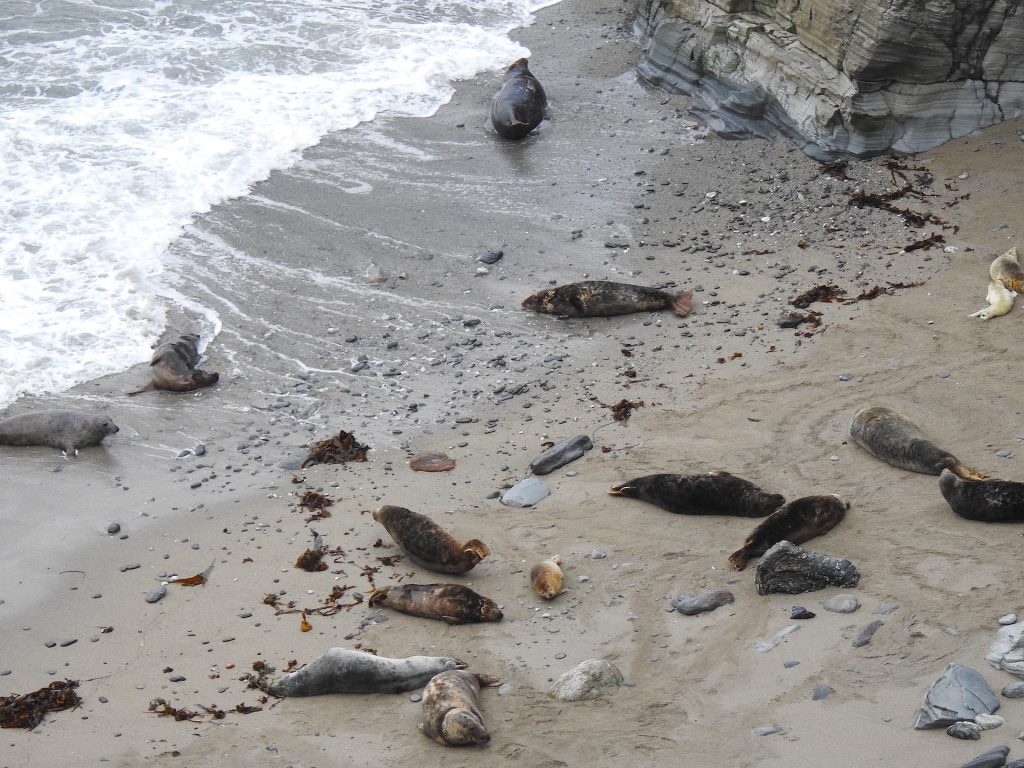
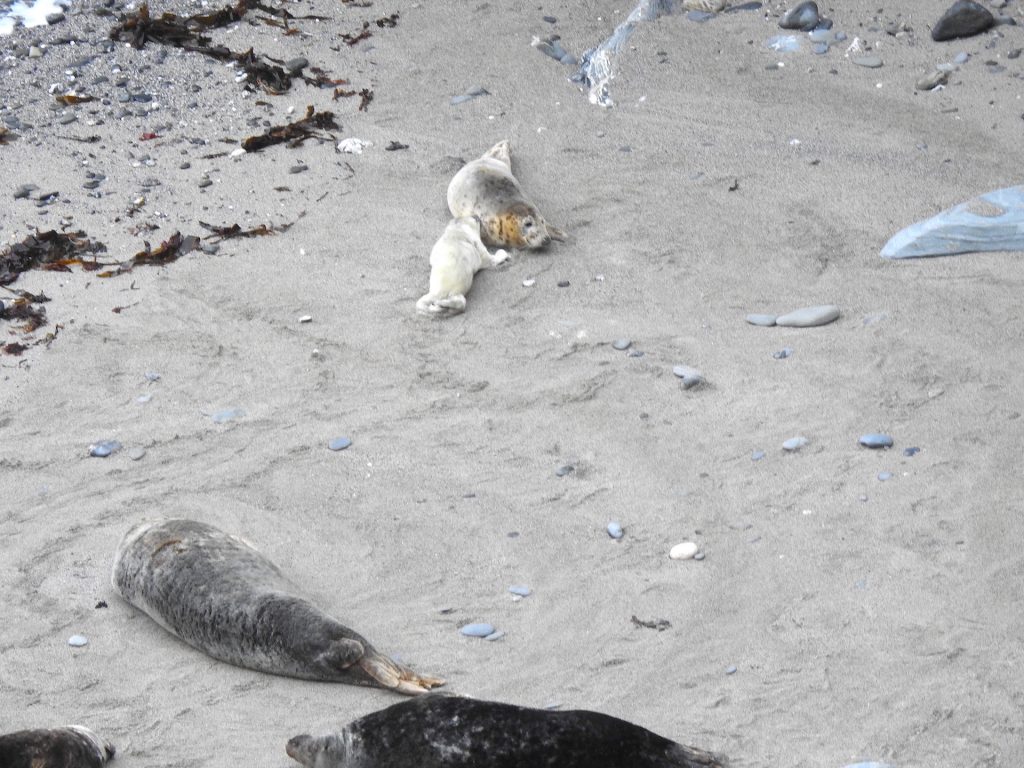
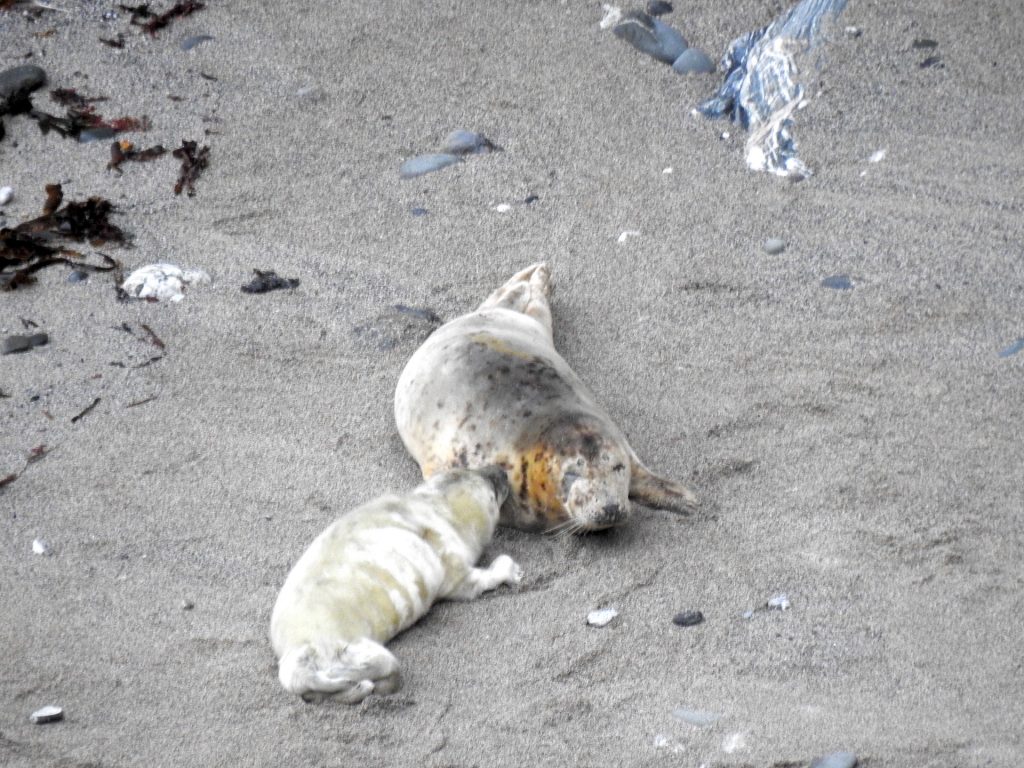
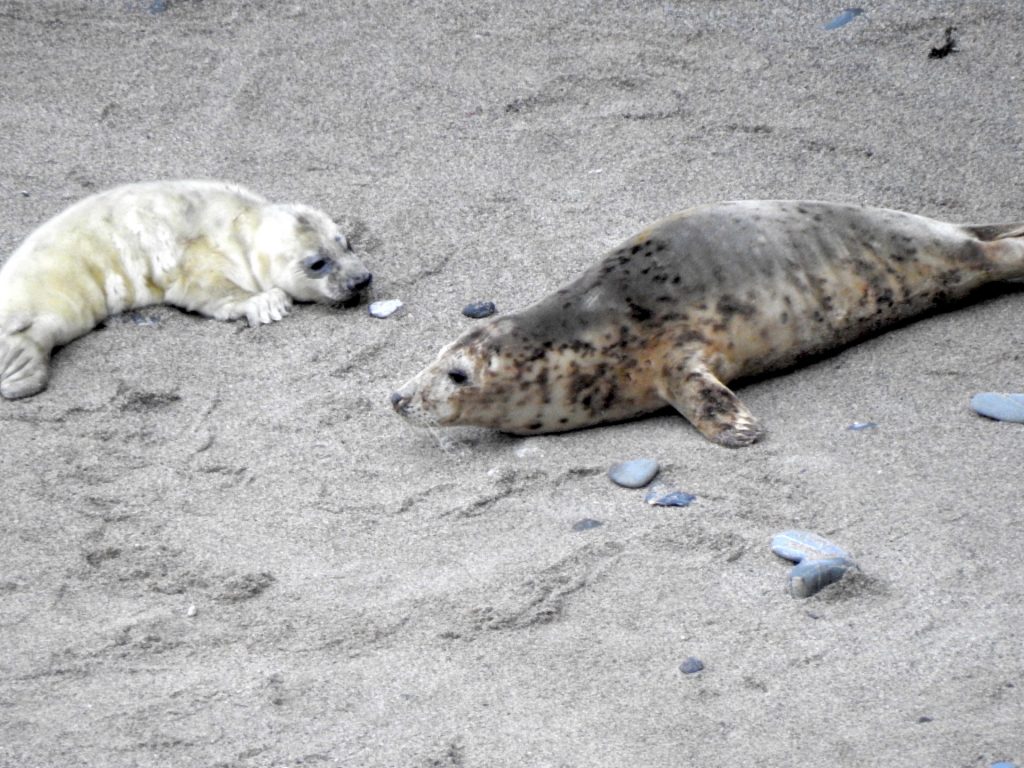
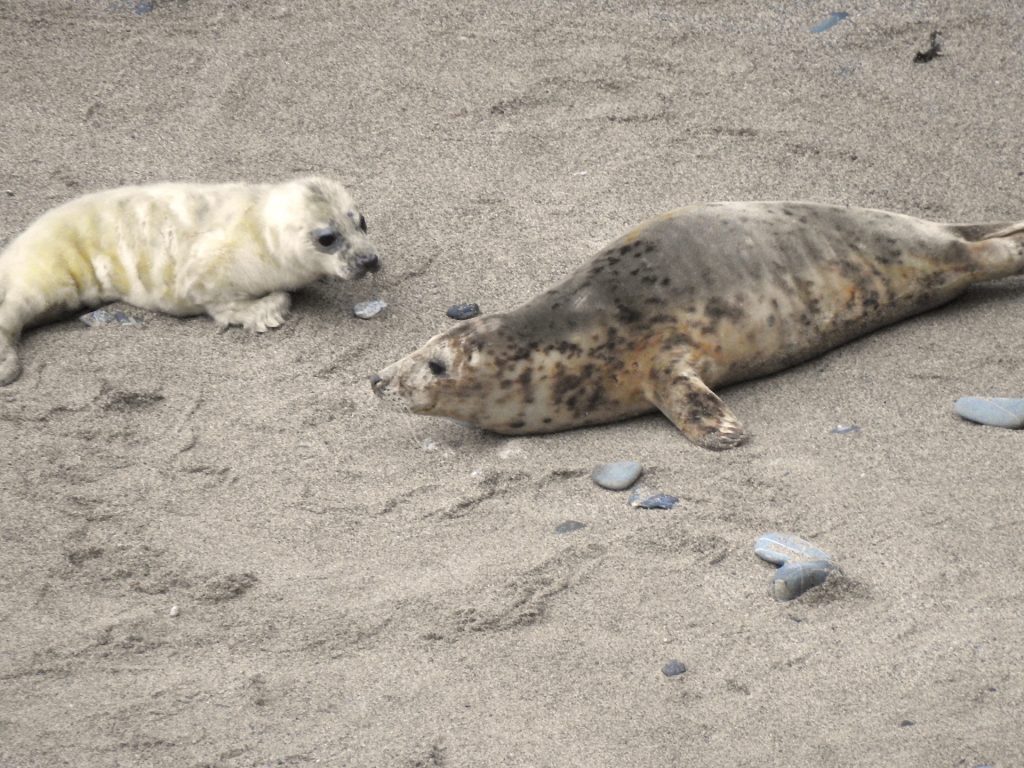
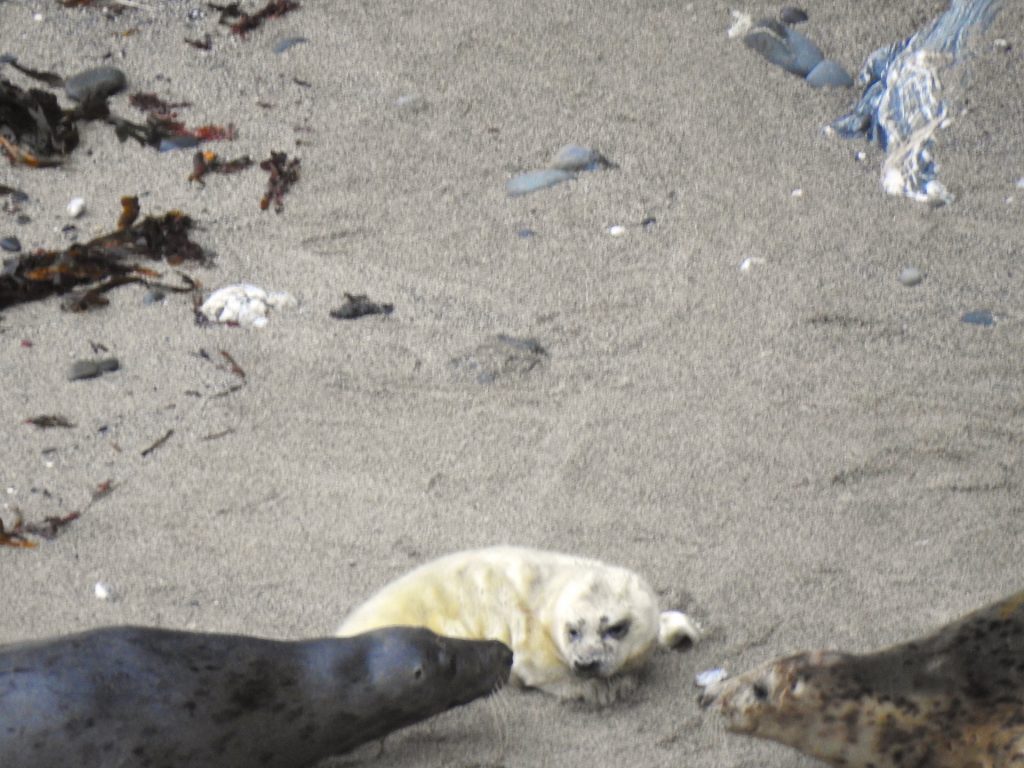
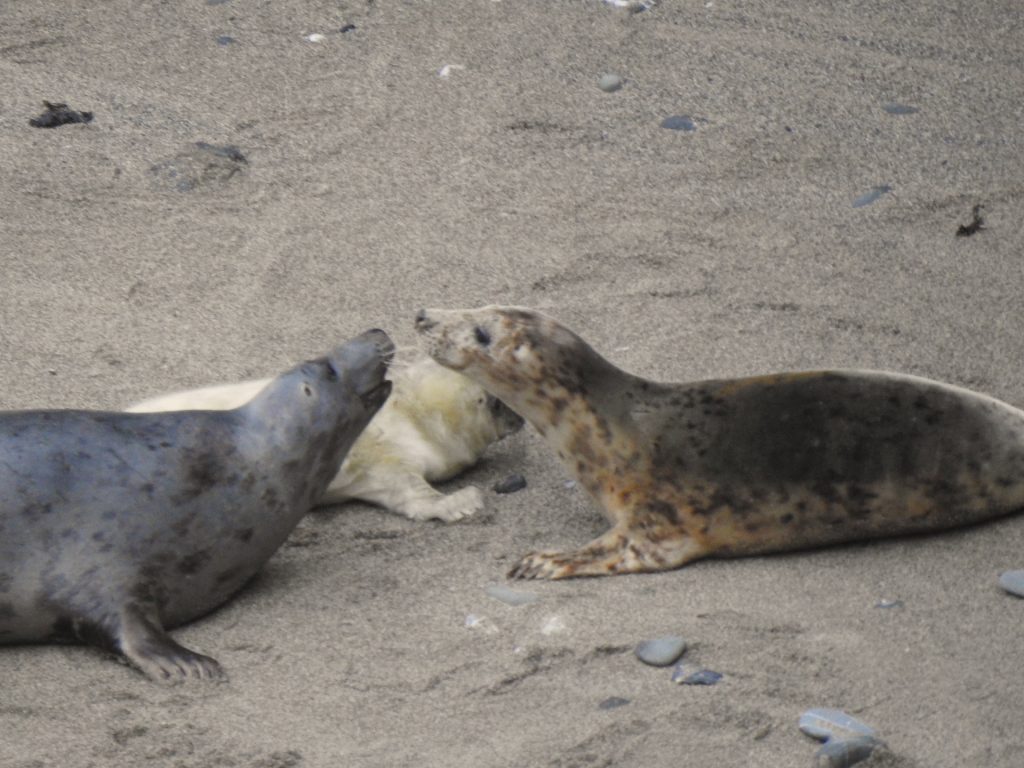
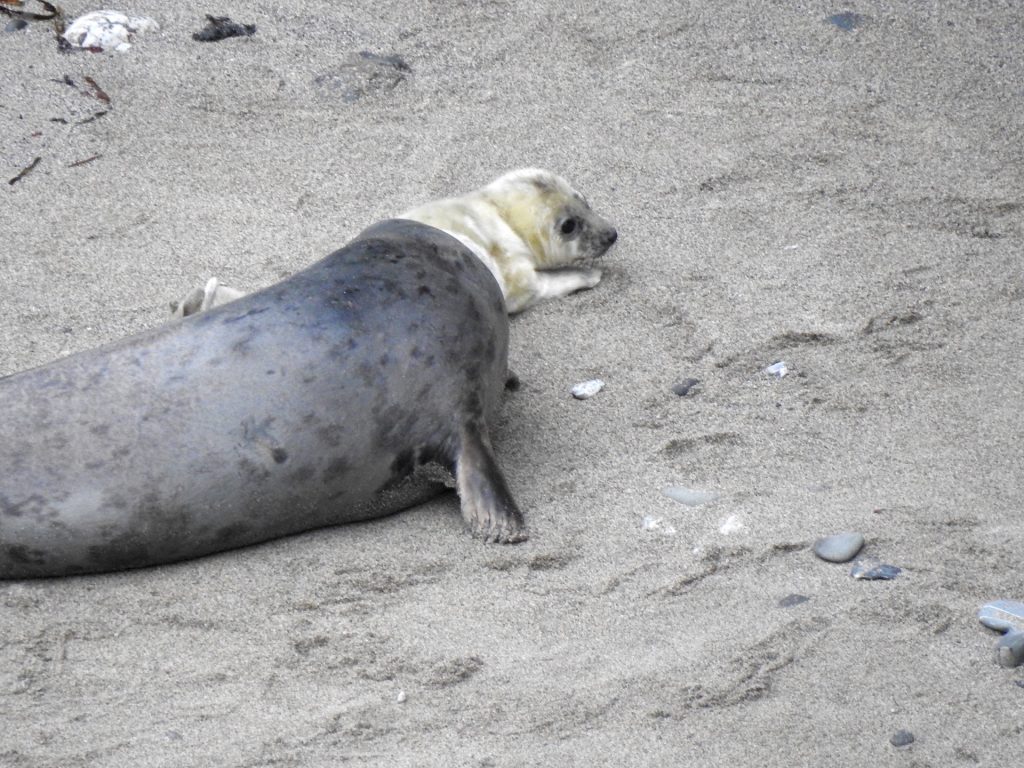
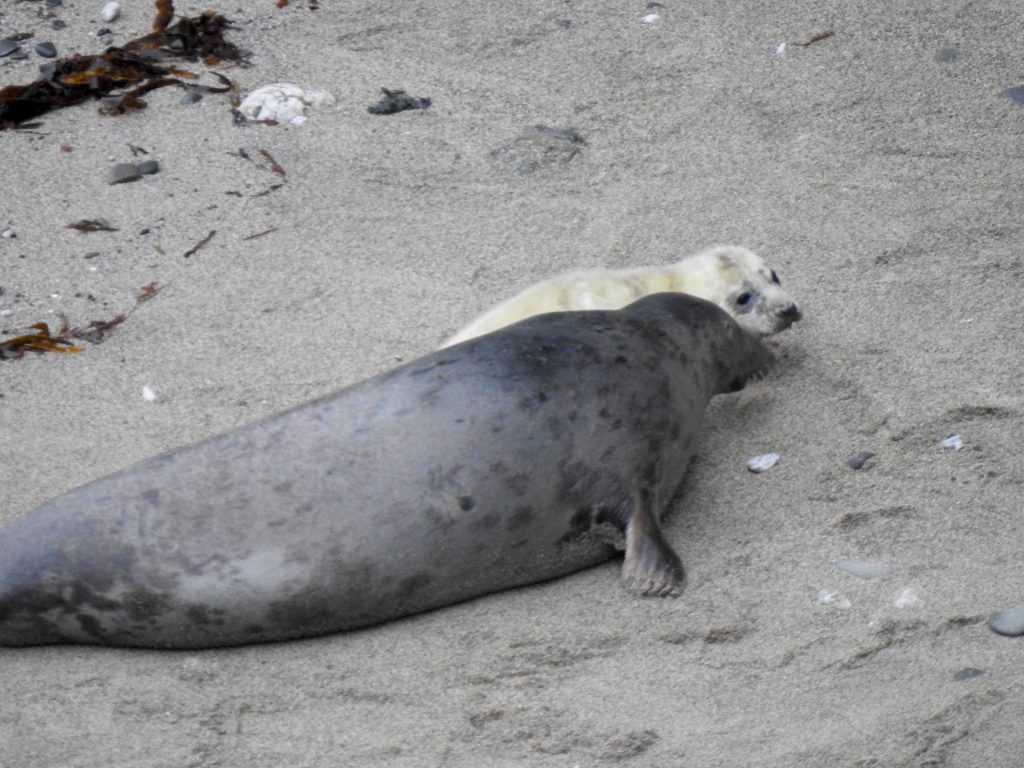
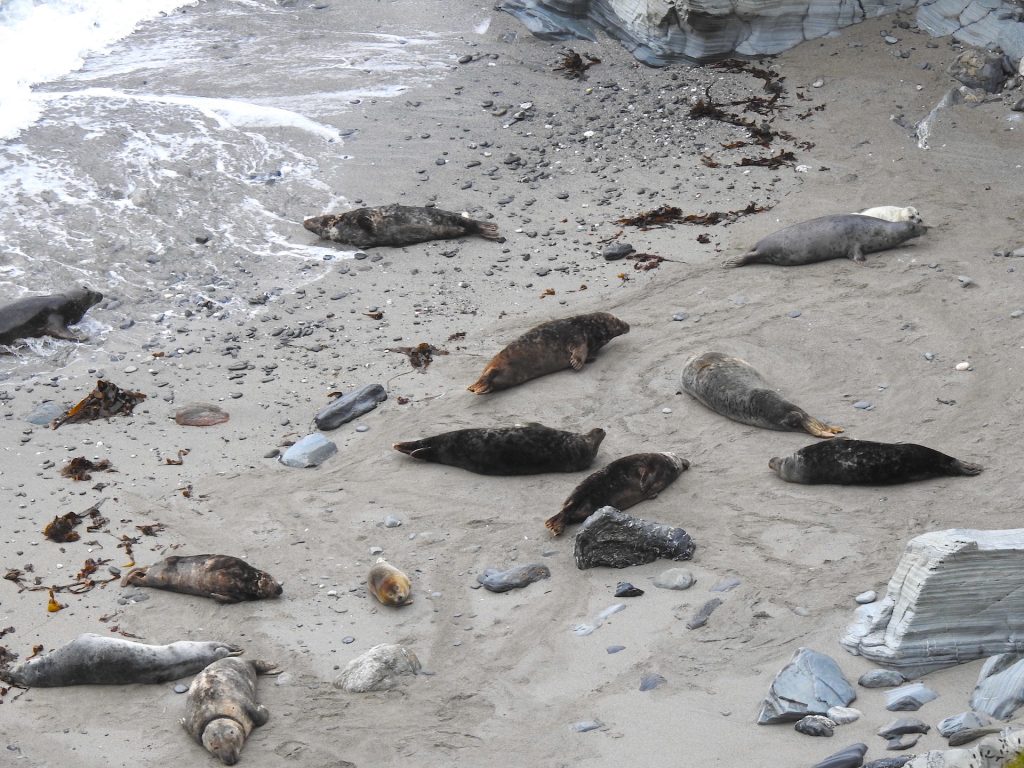
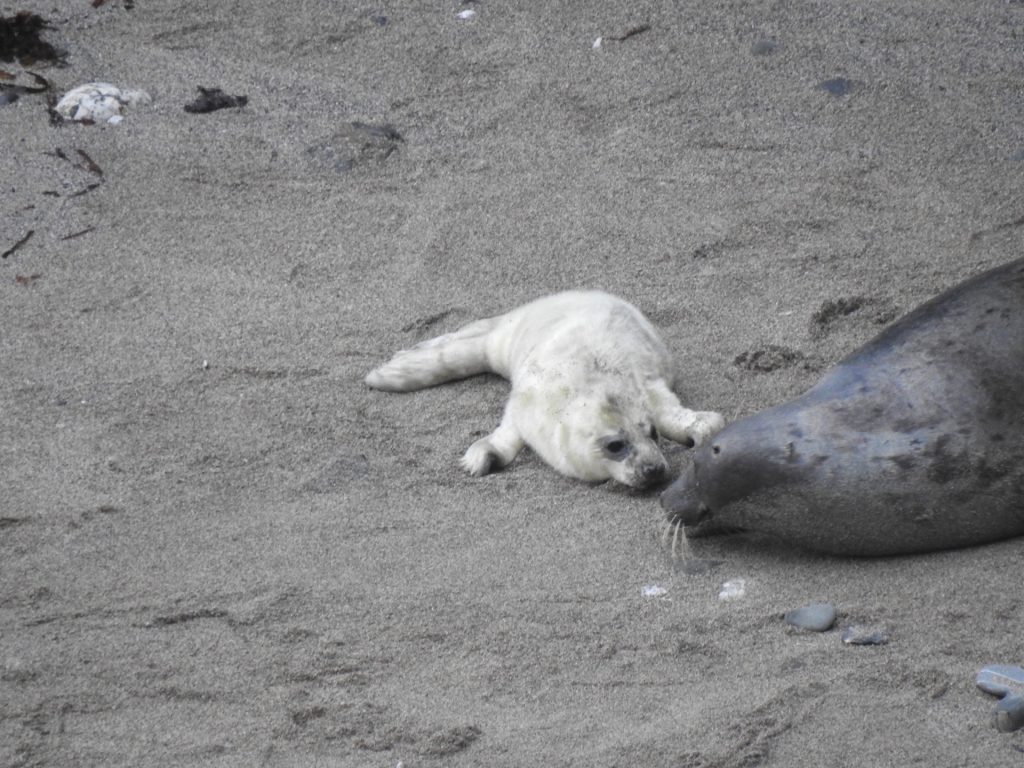
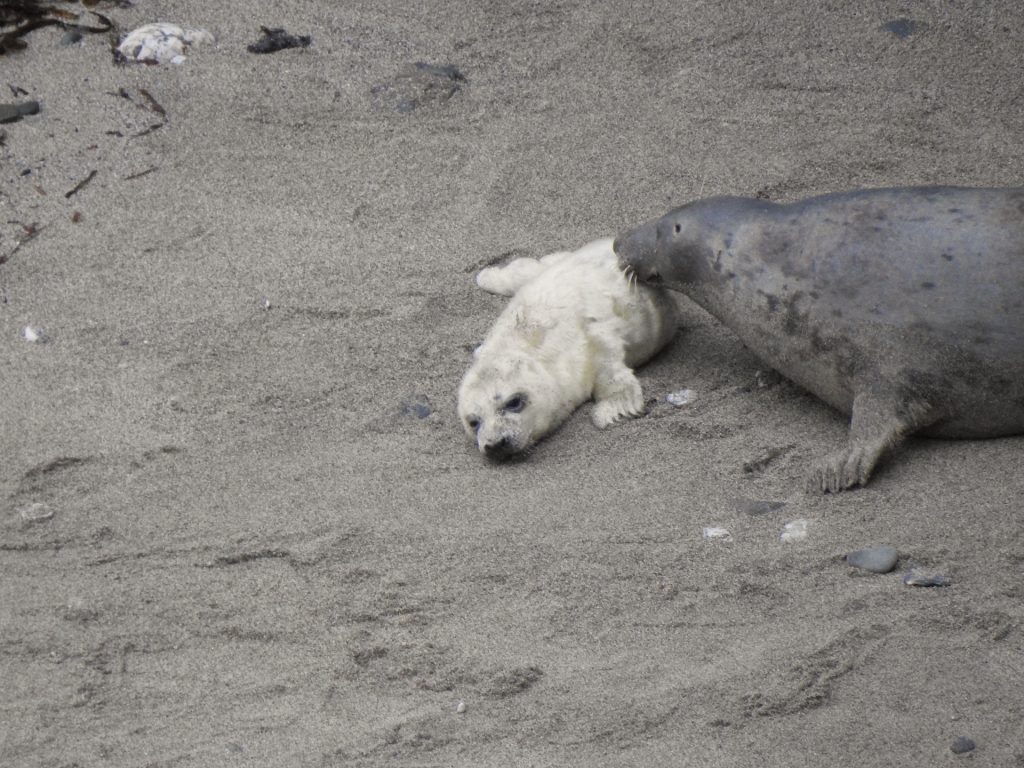
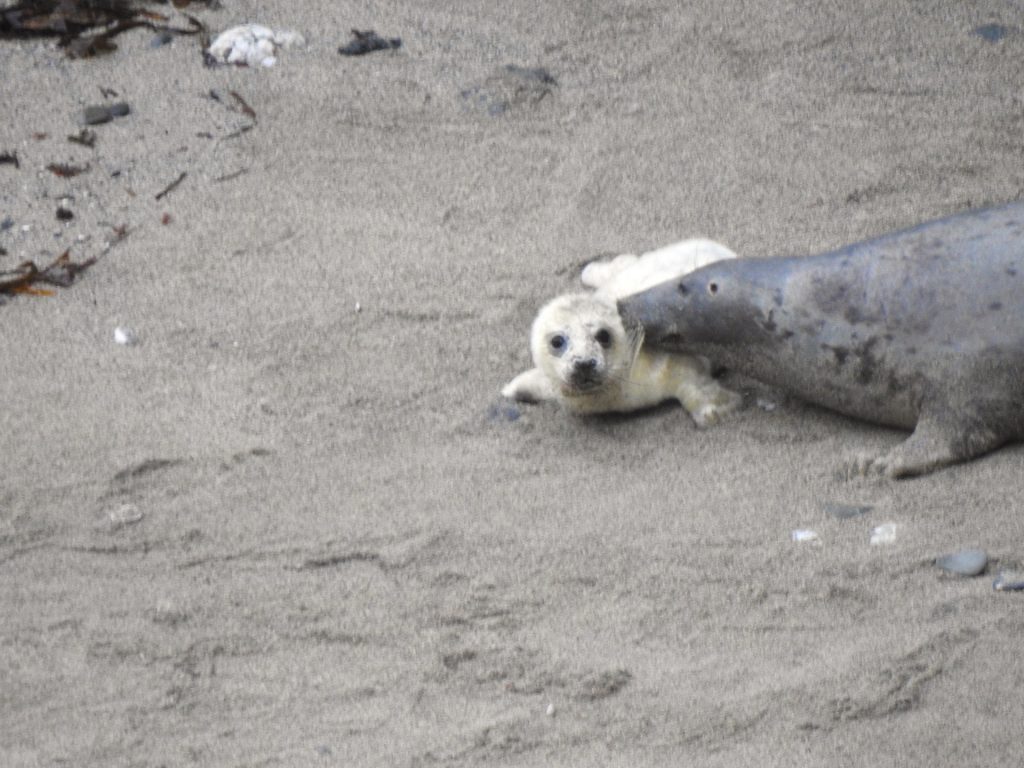
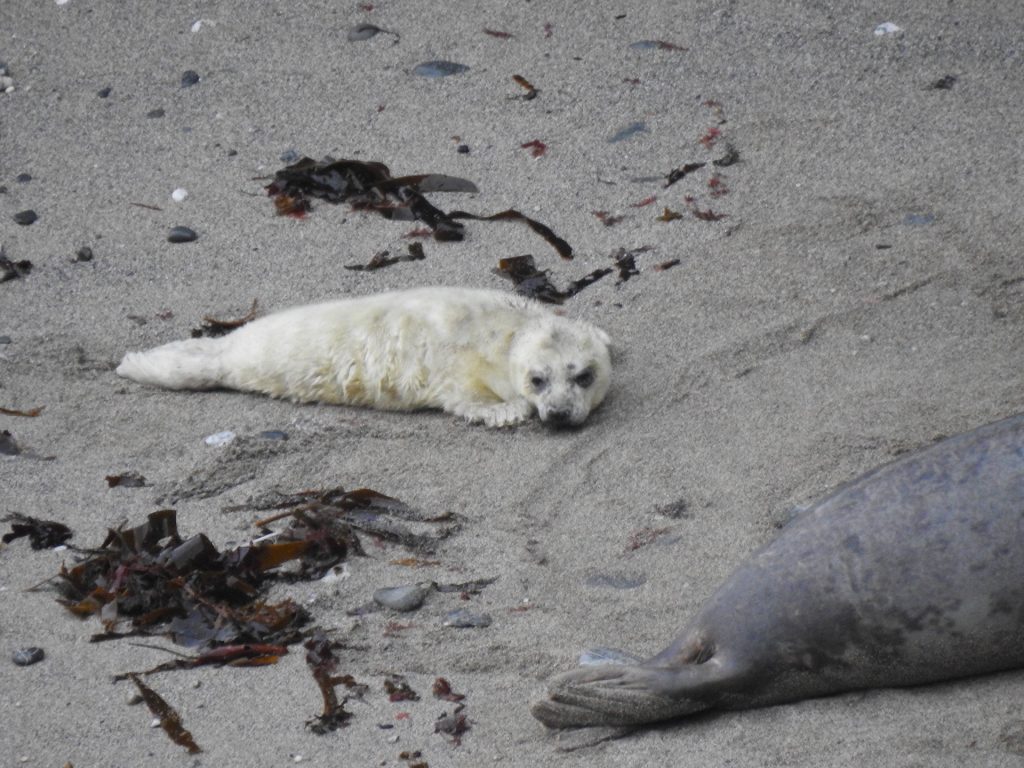
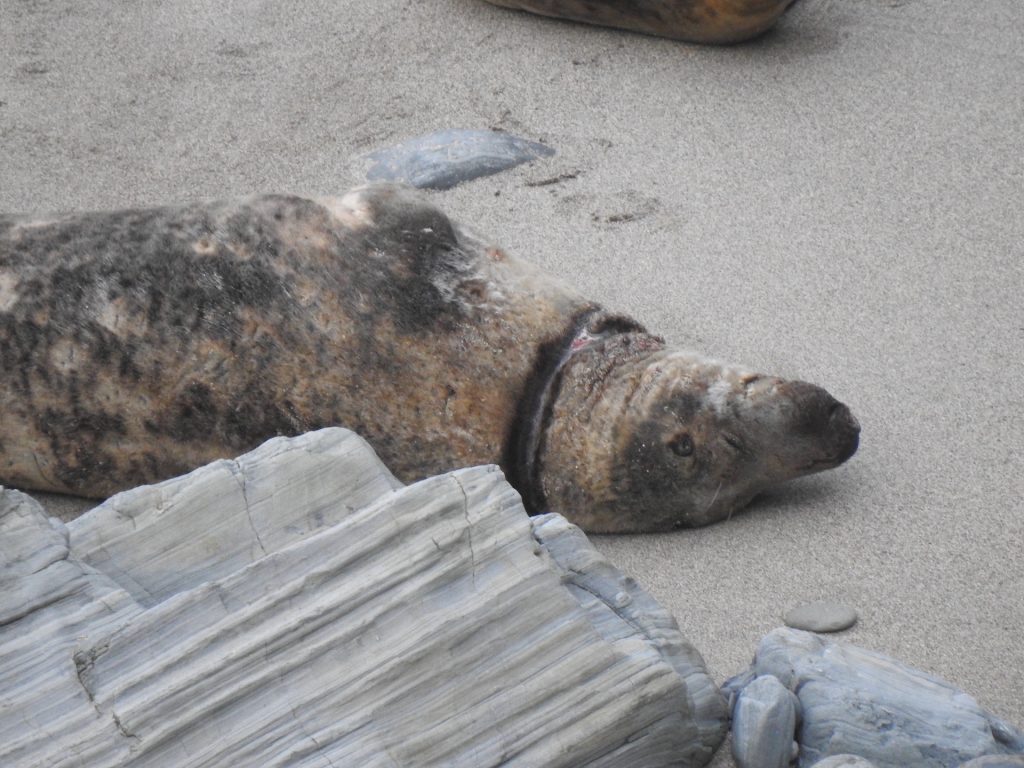

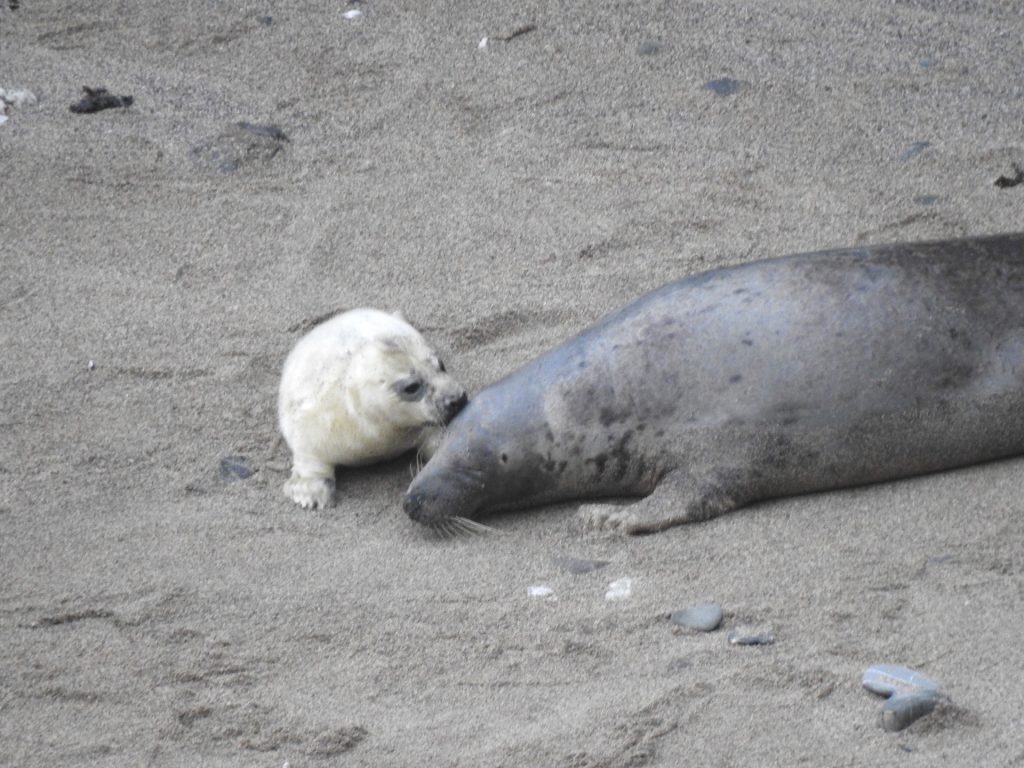
Nika Strok Underwood
